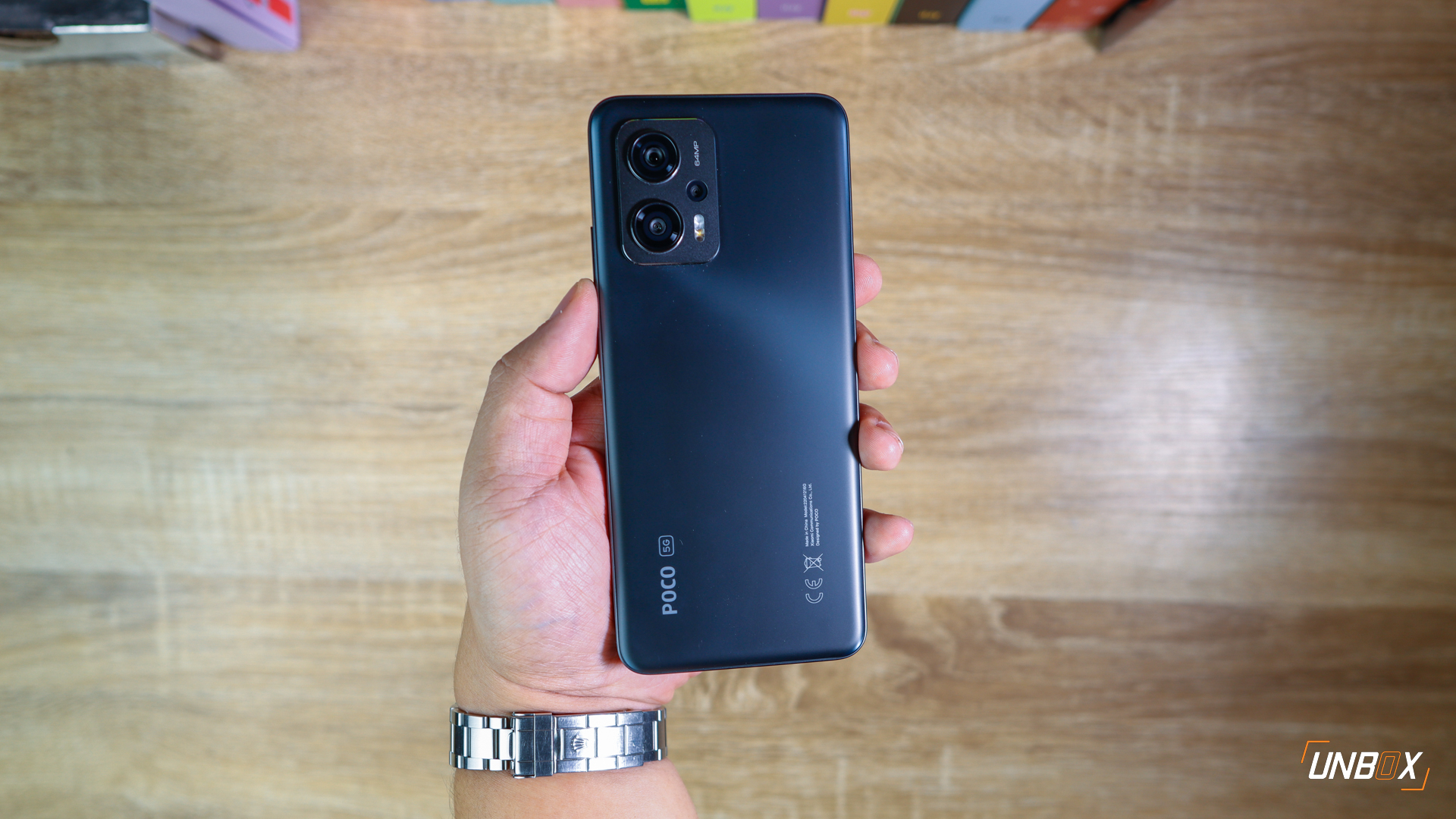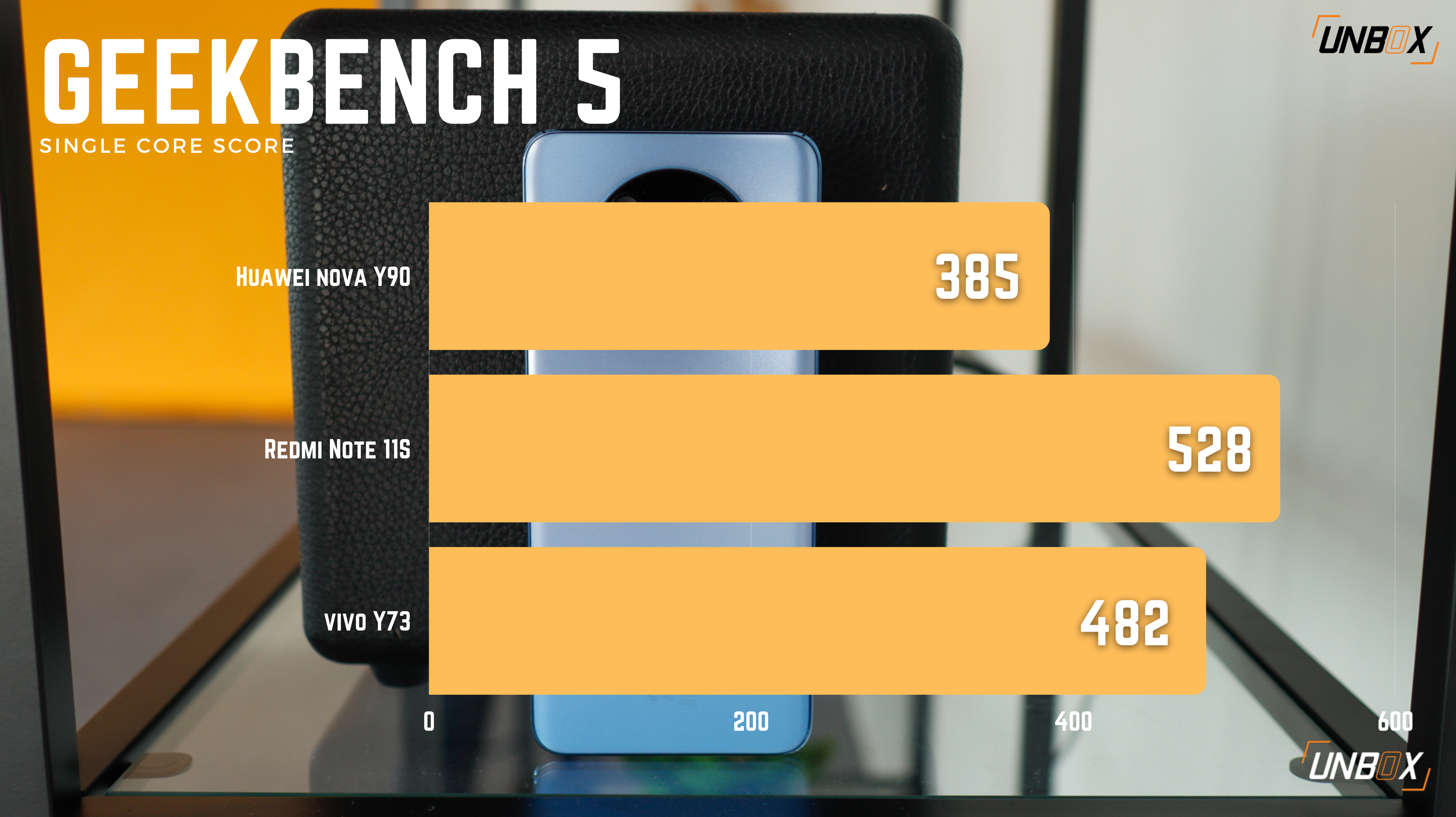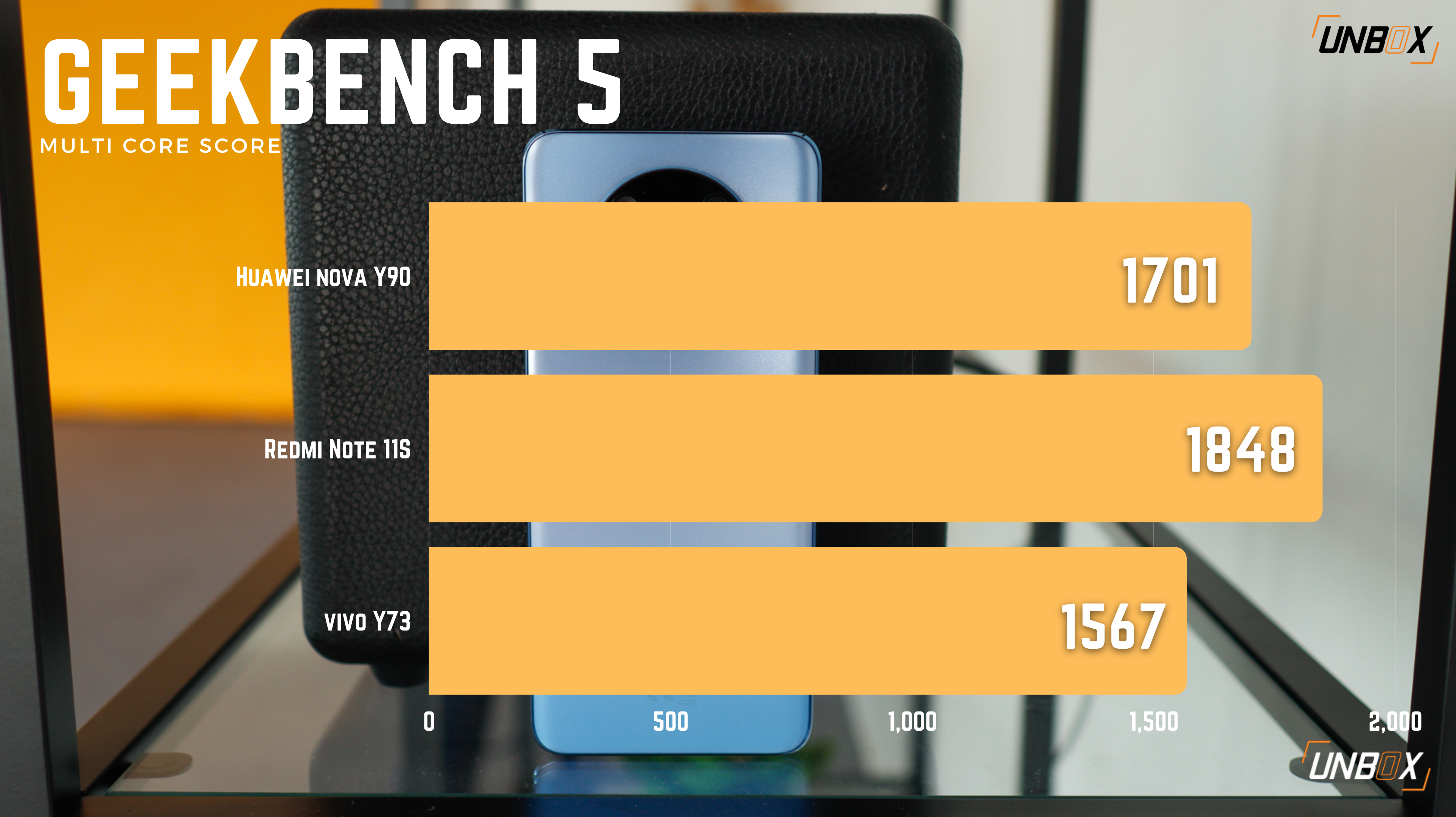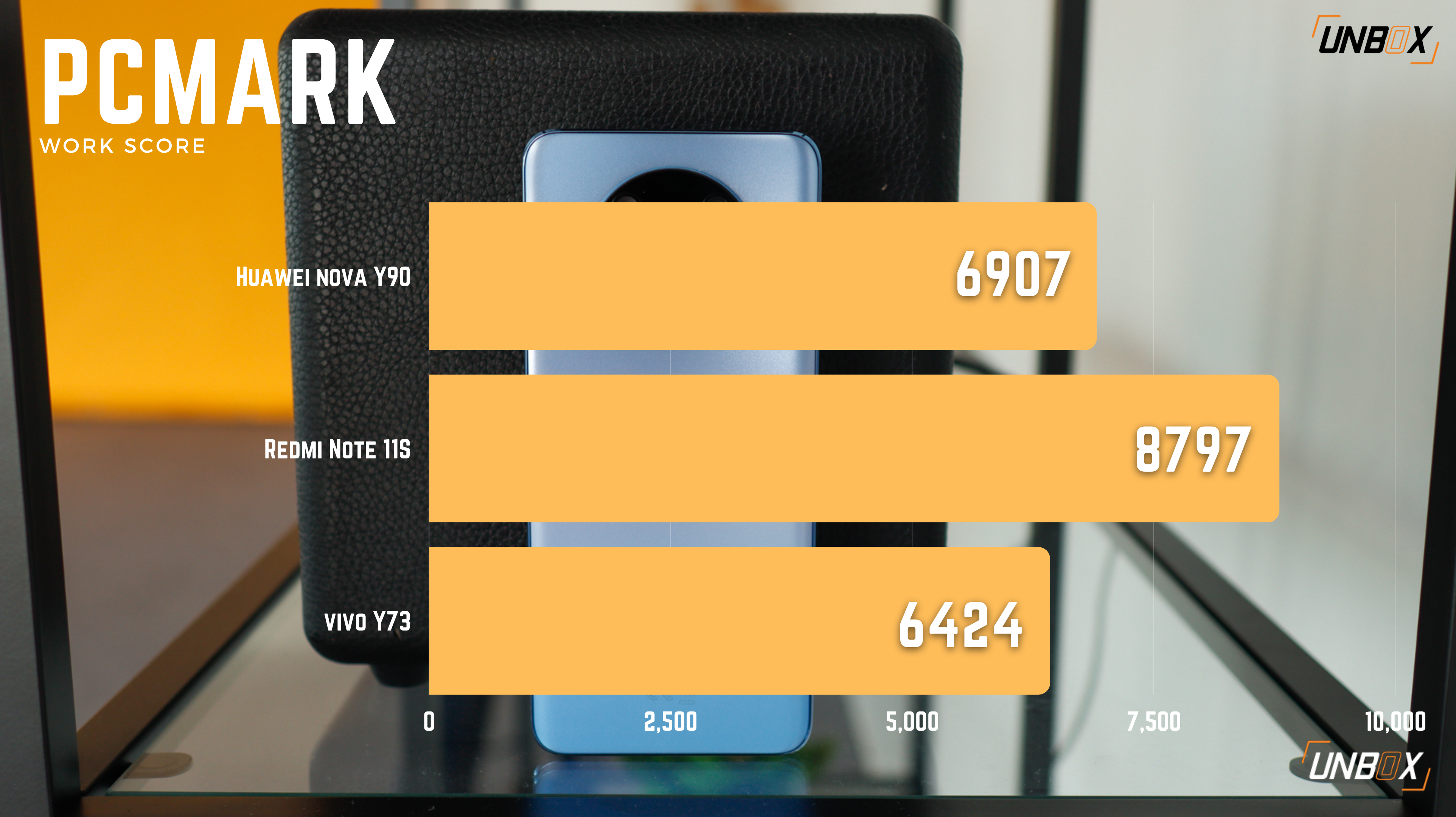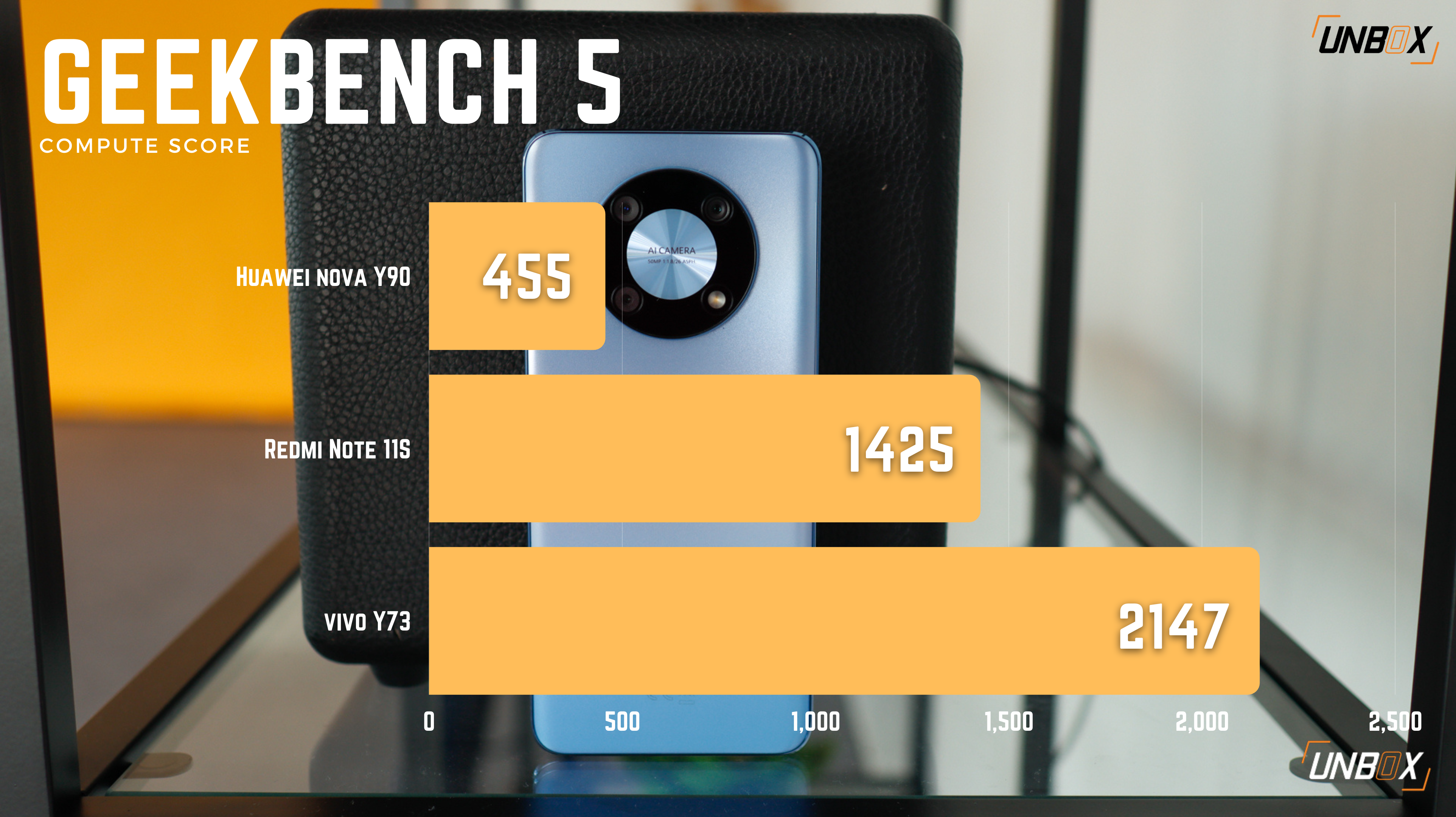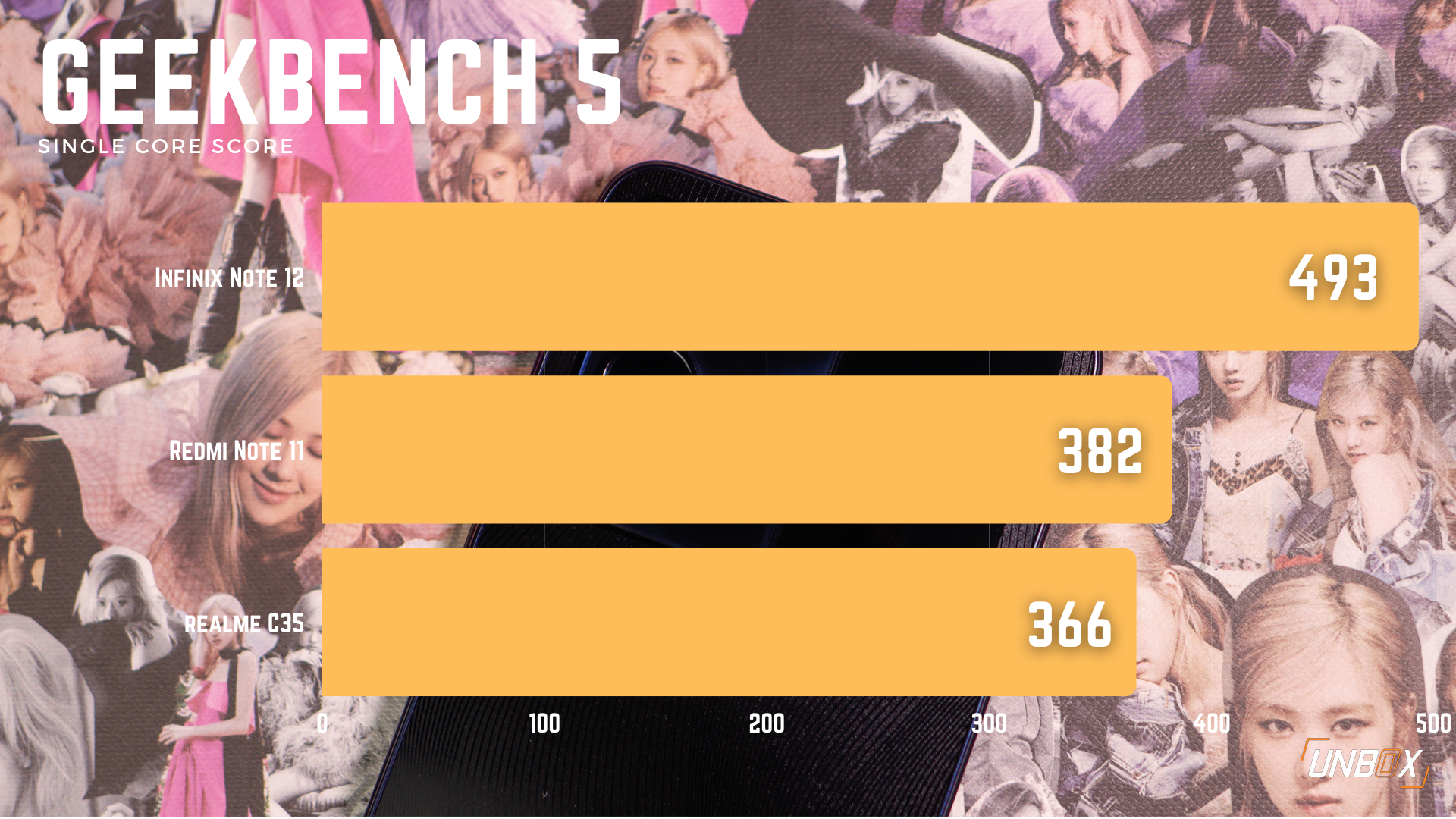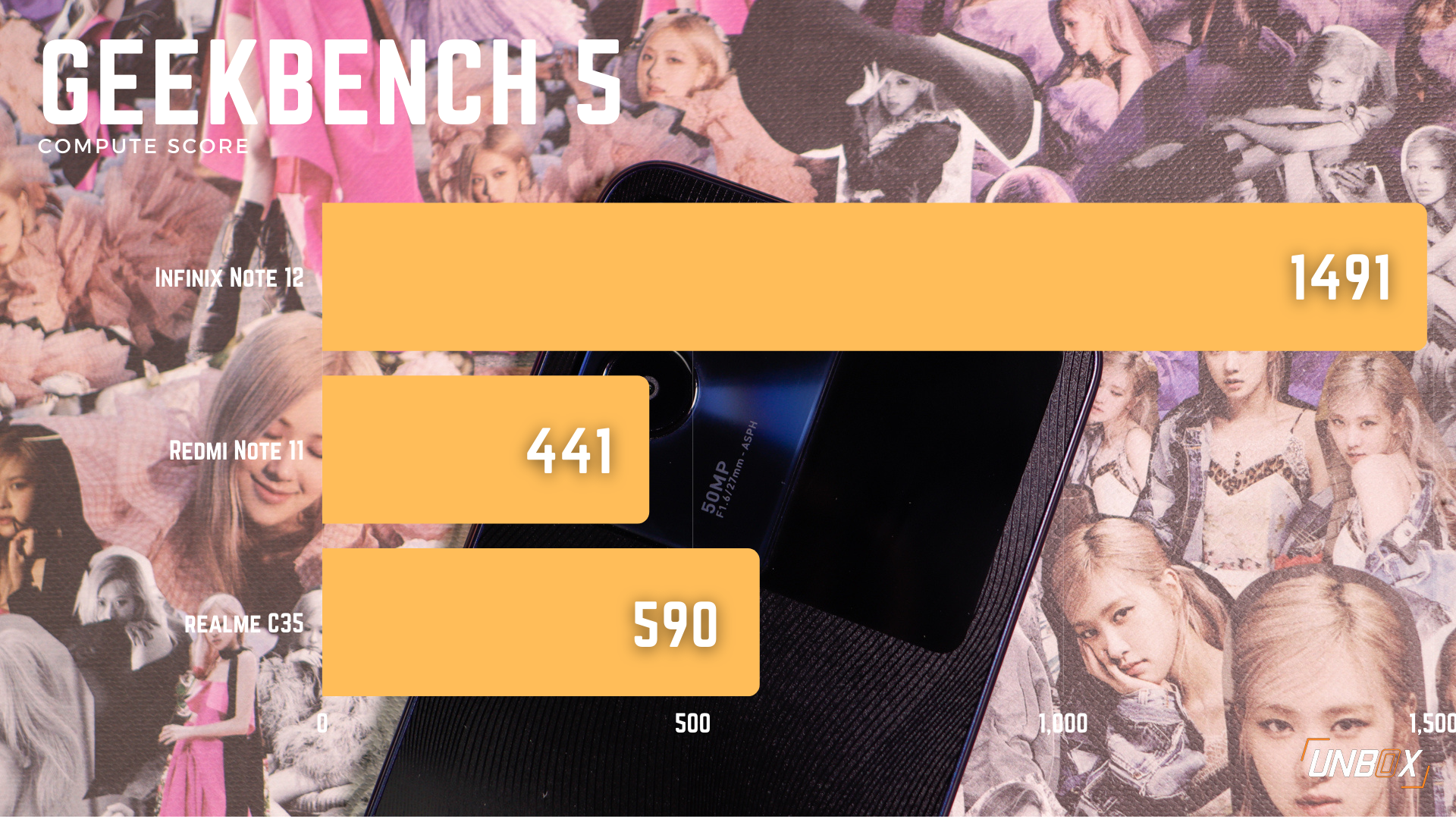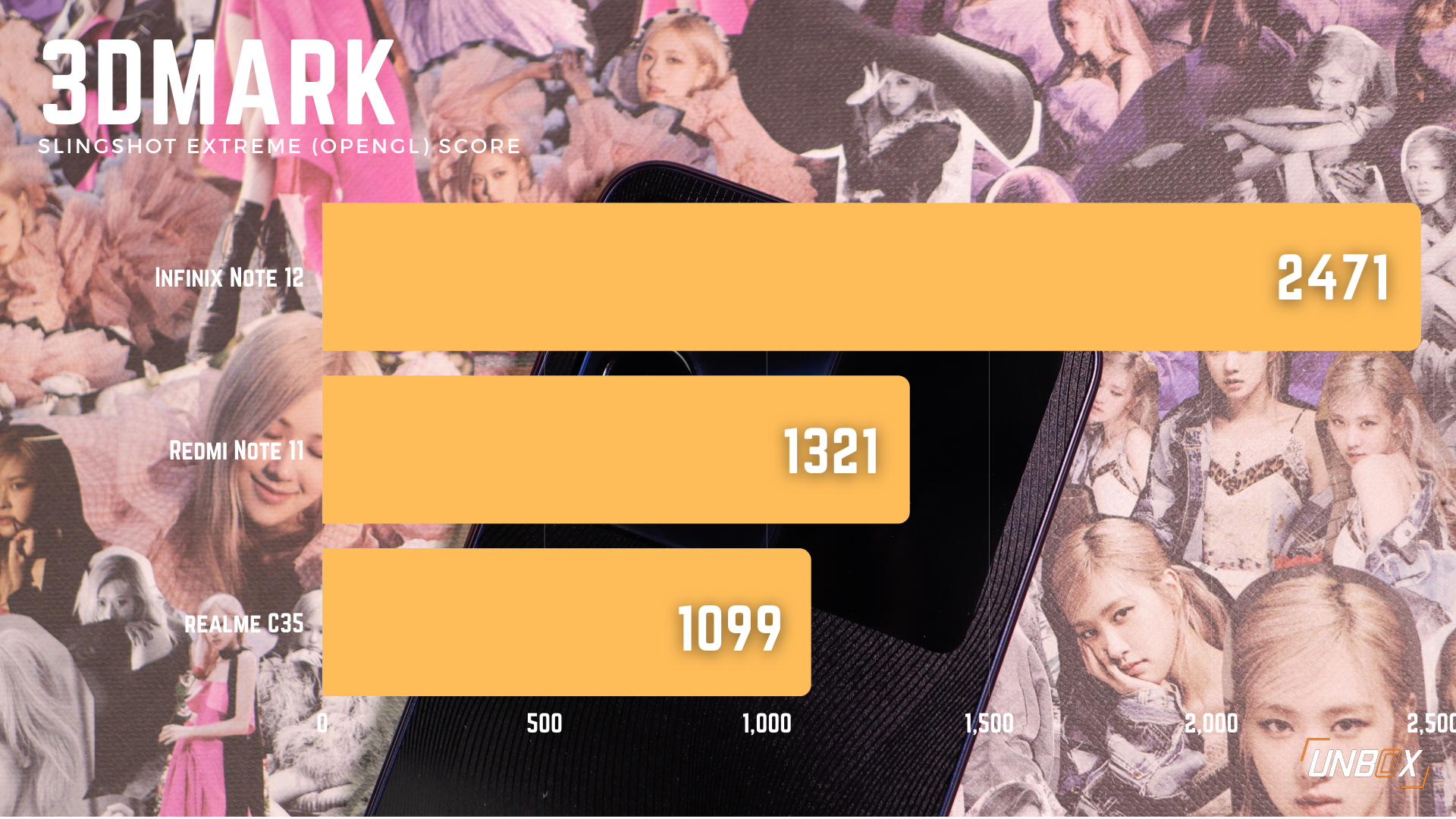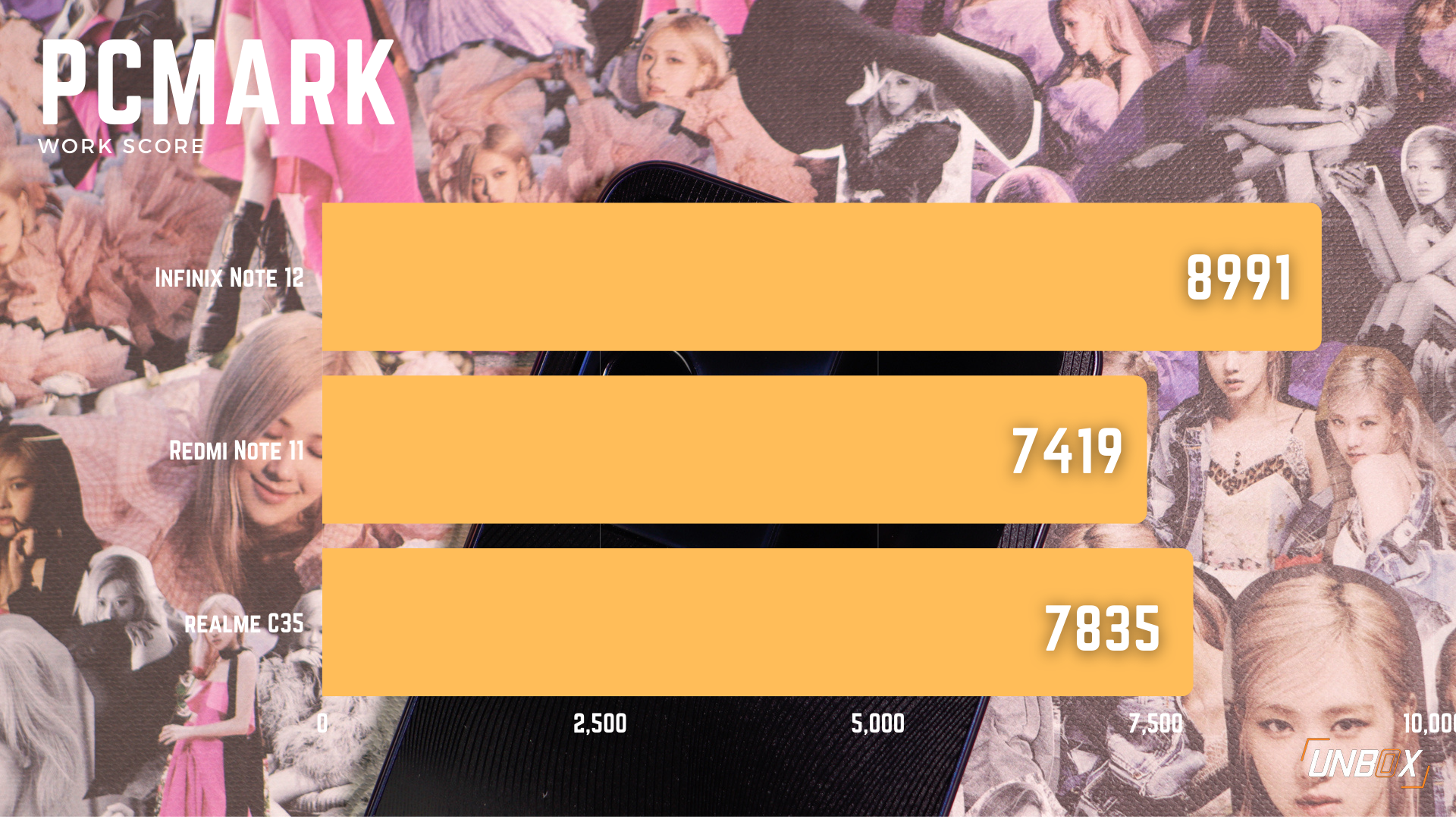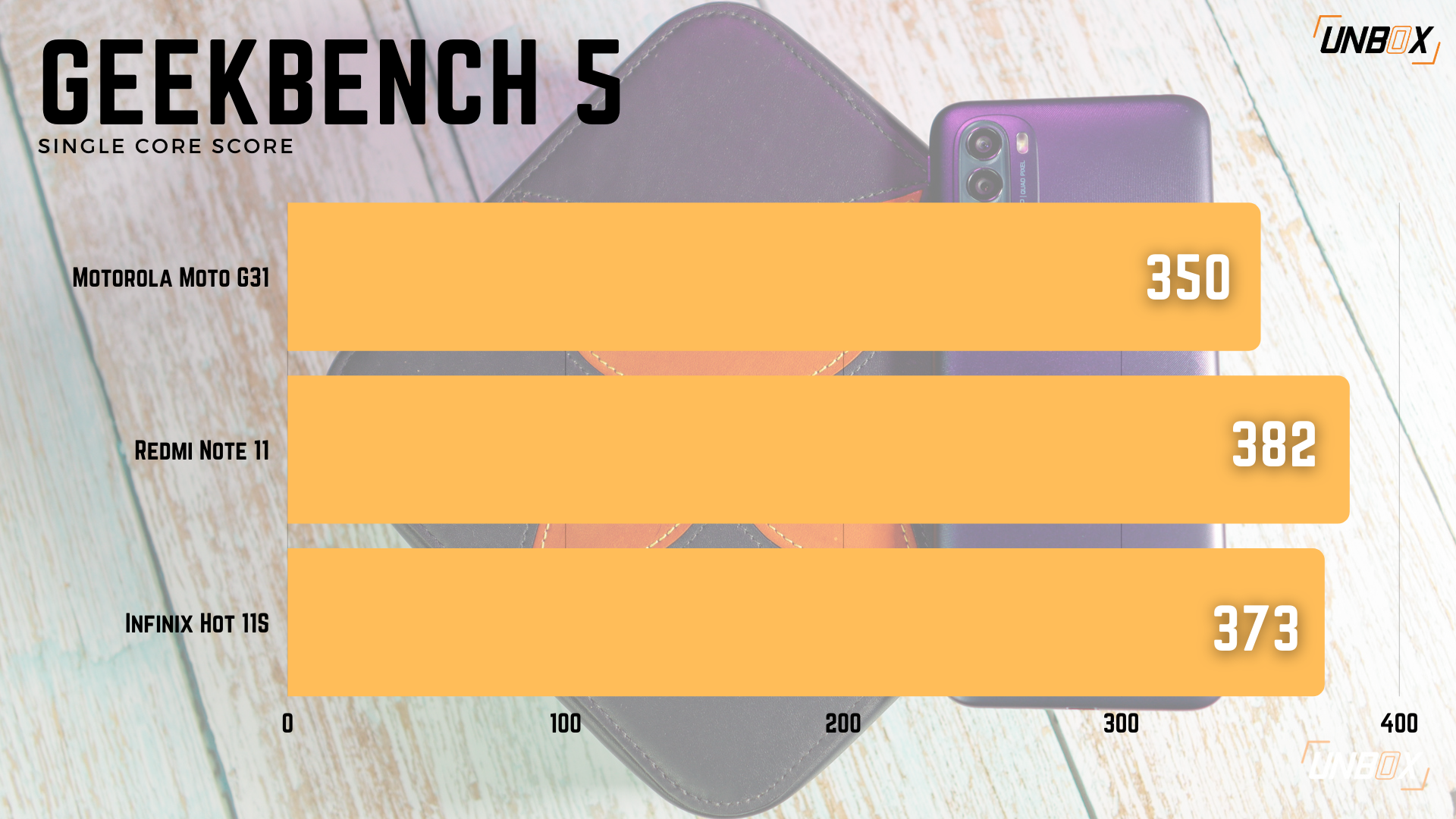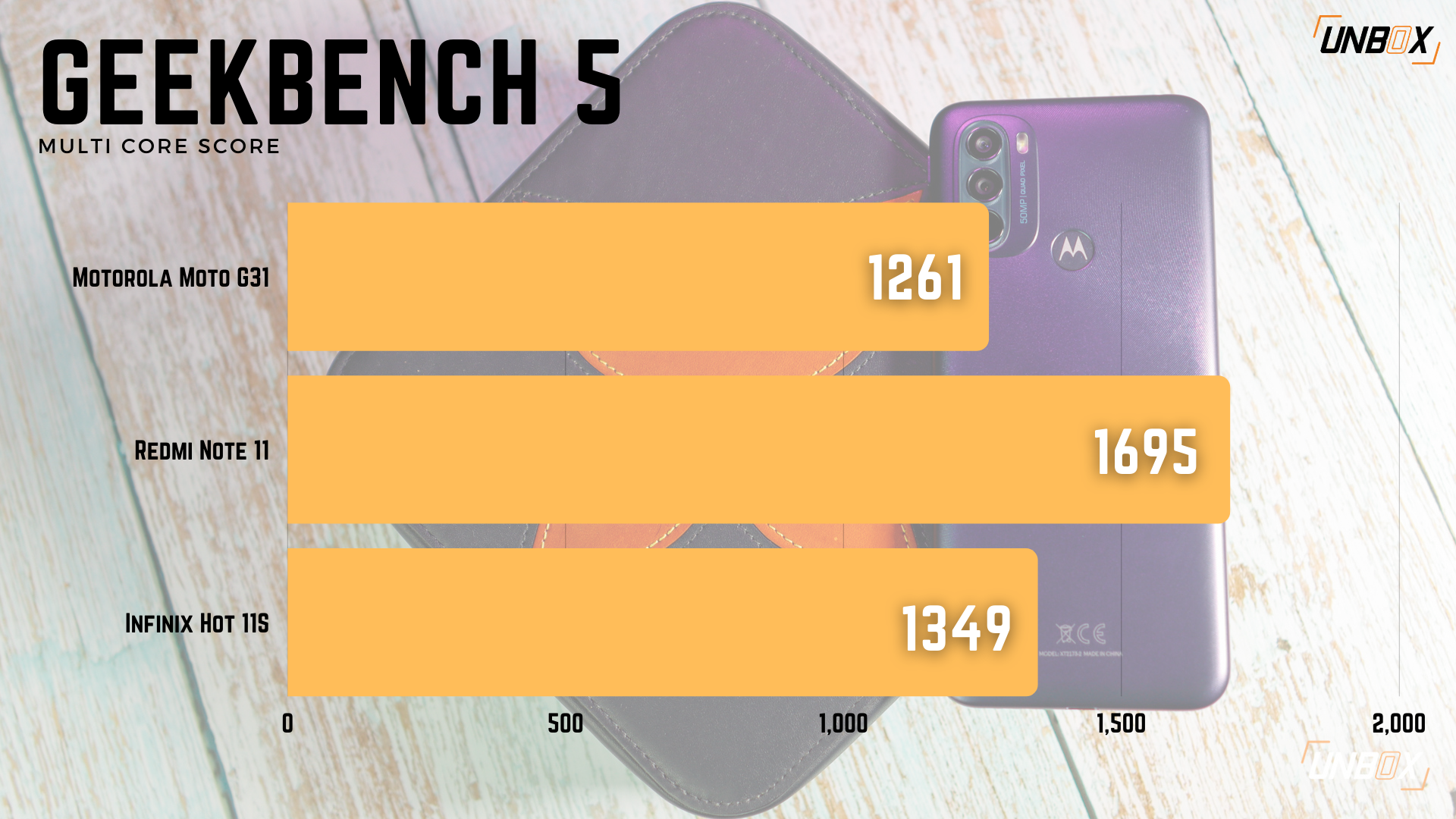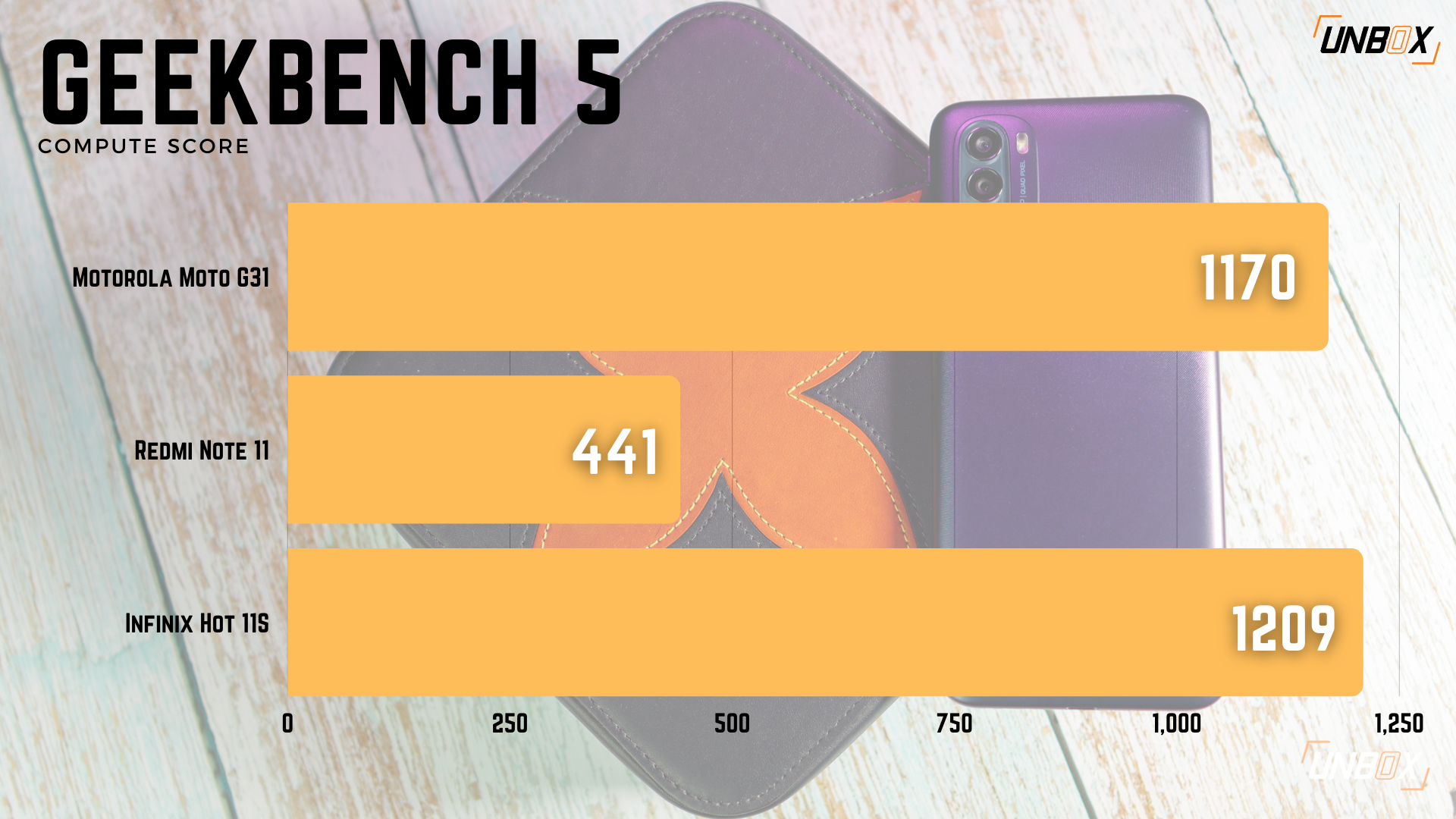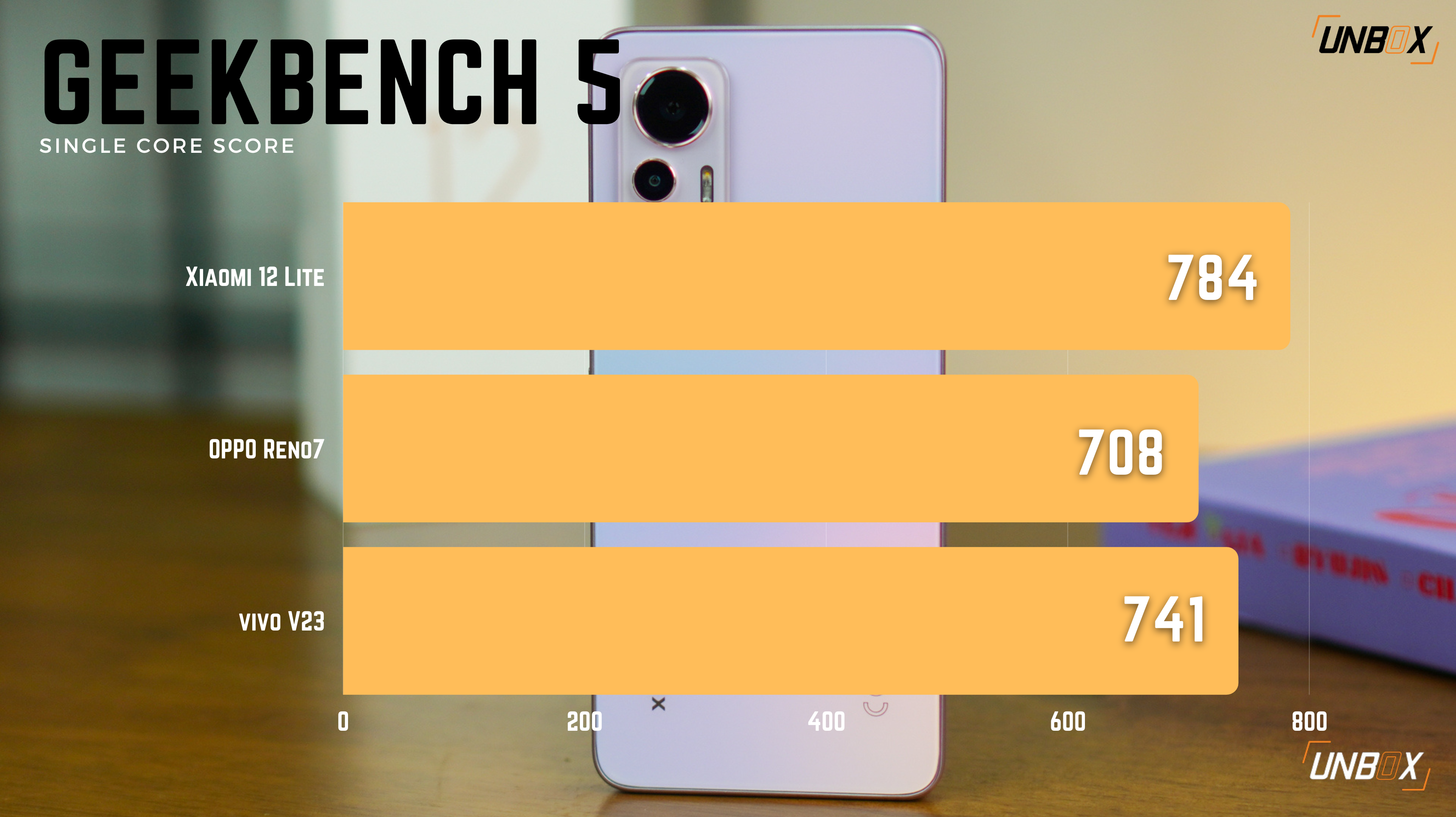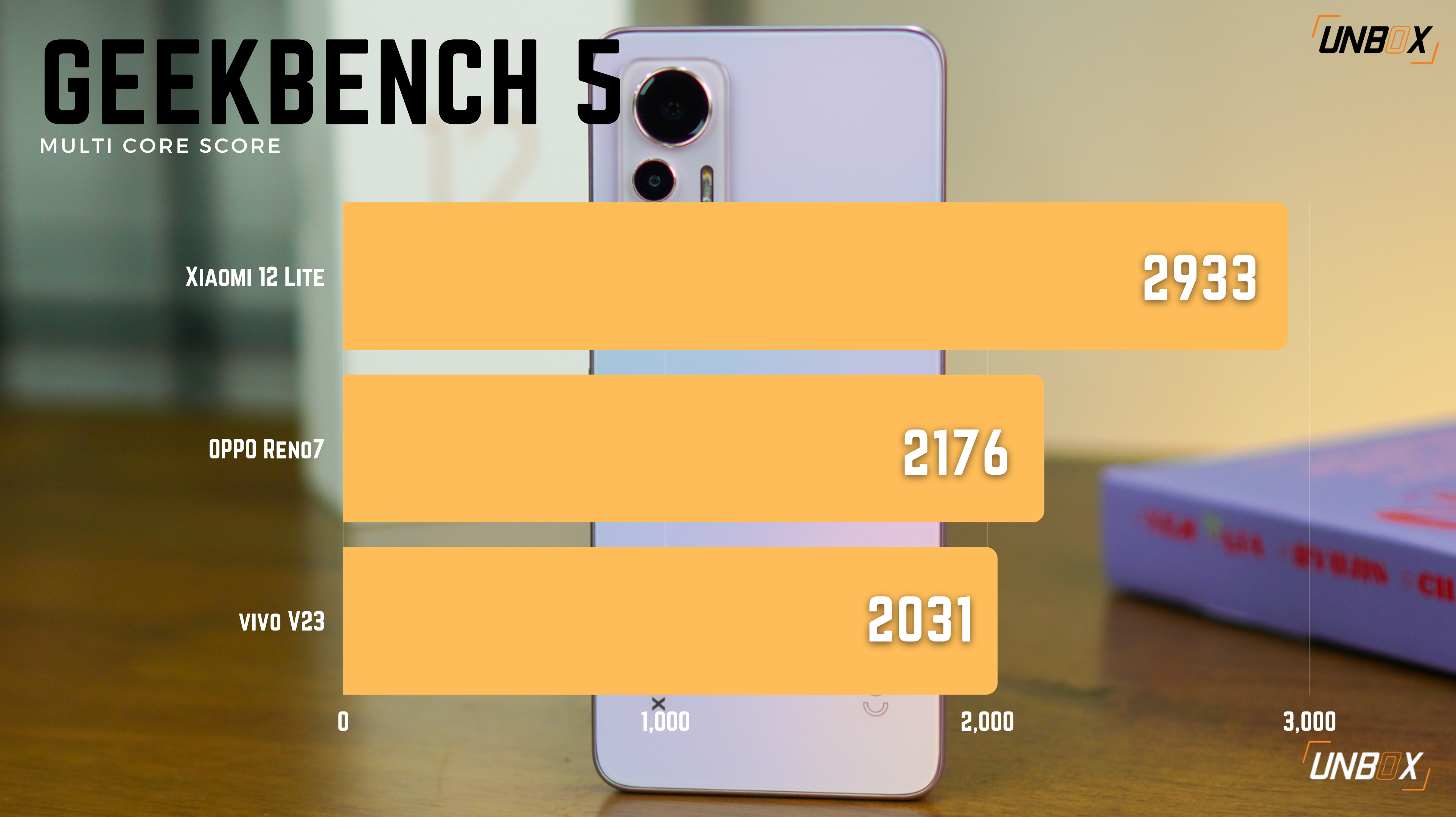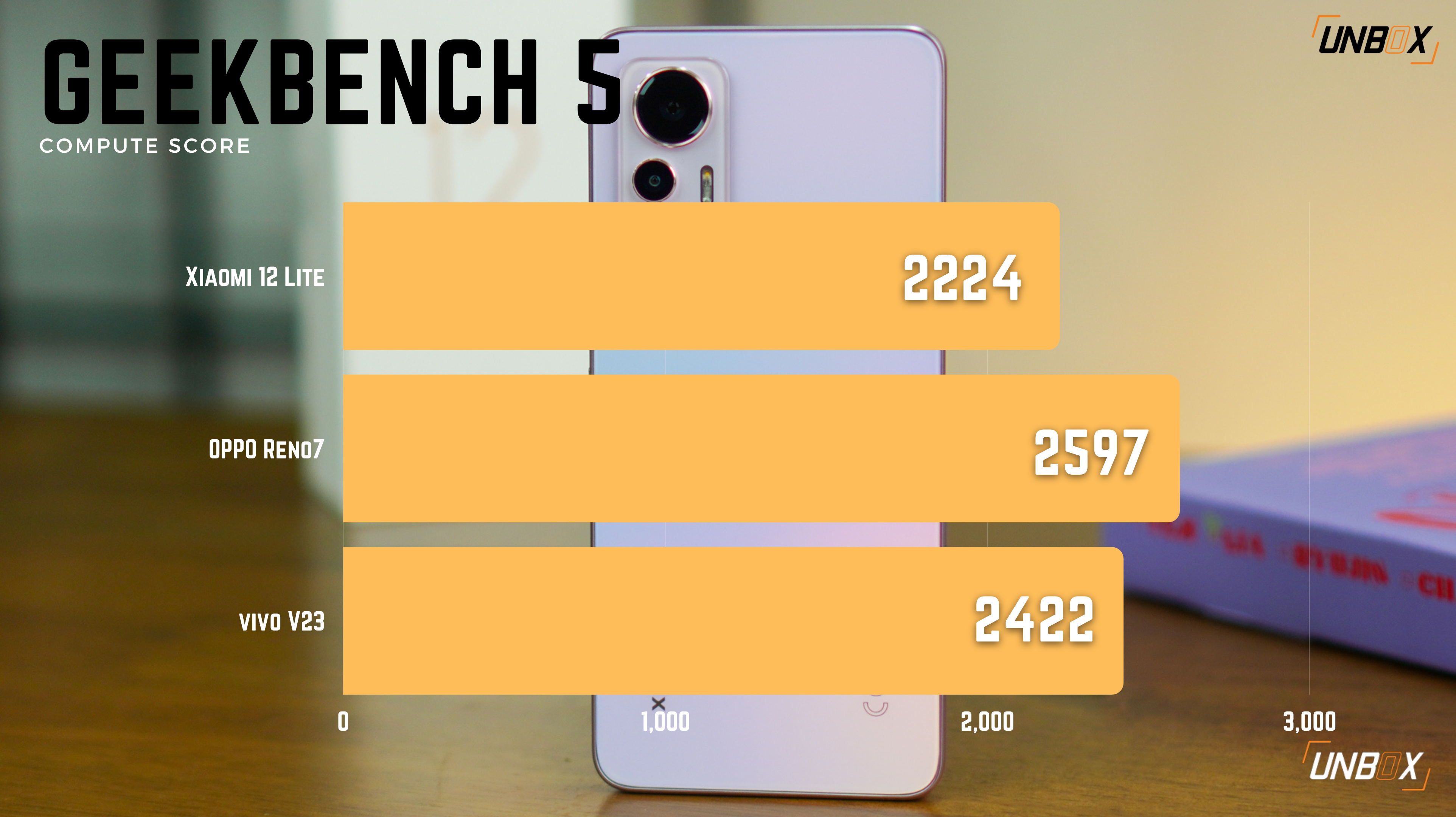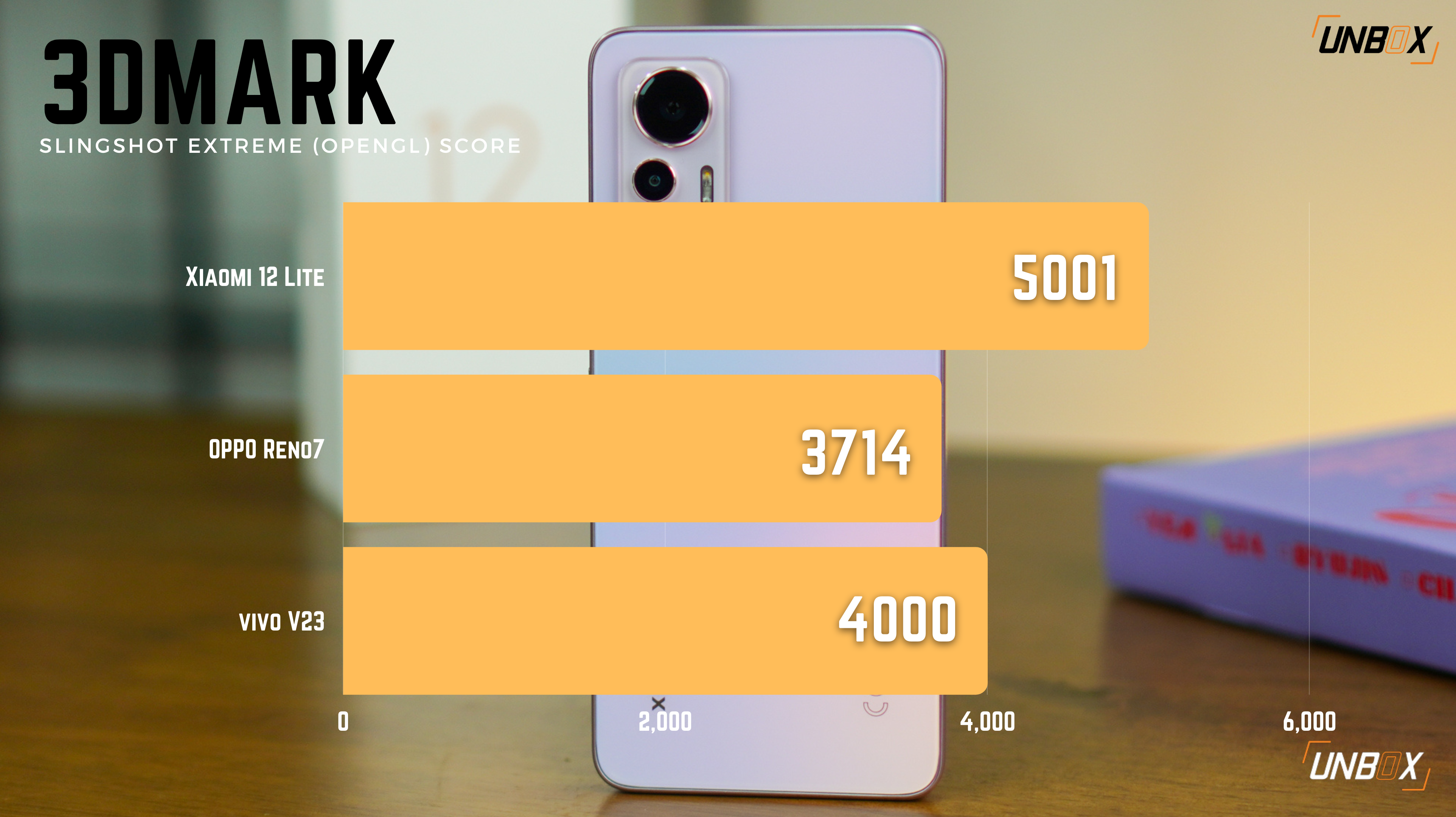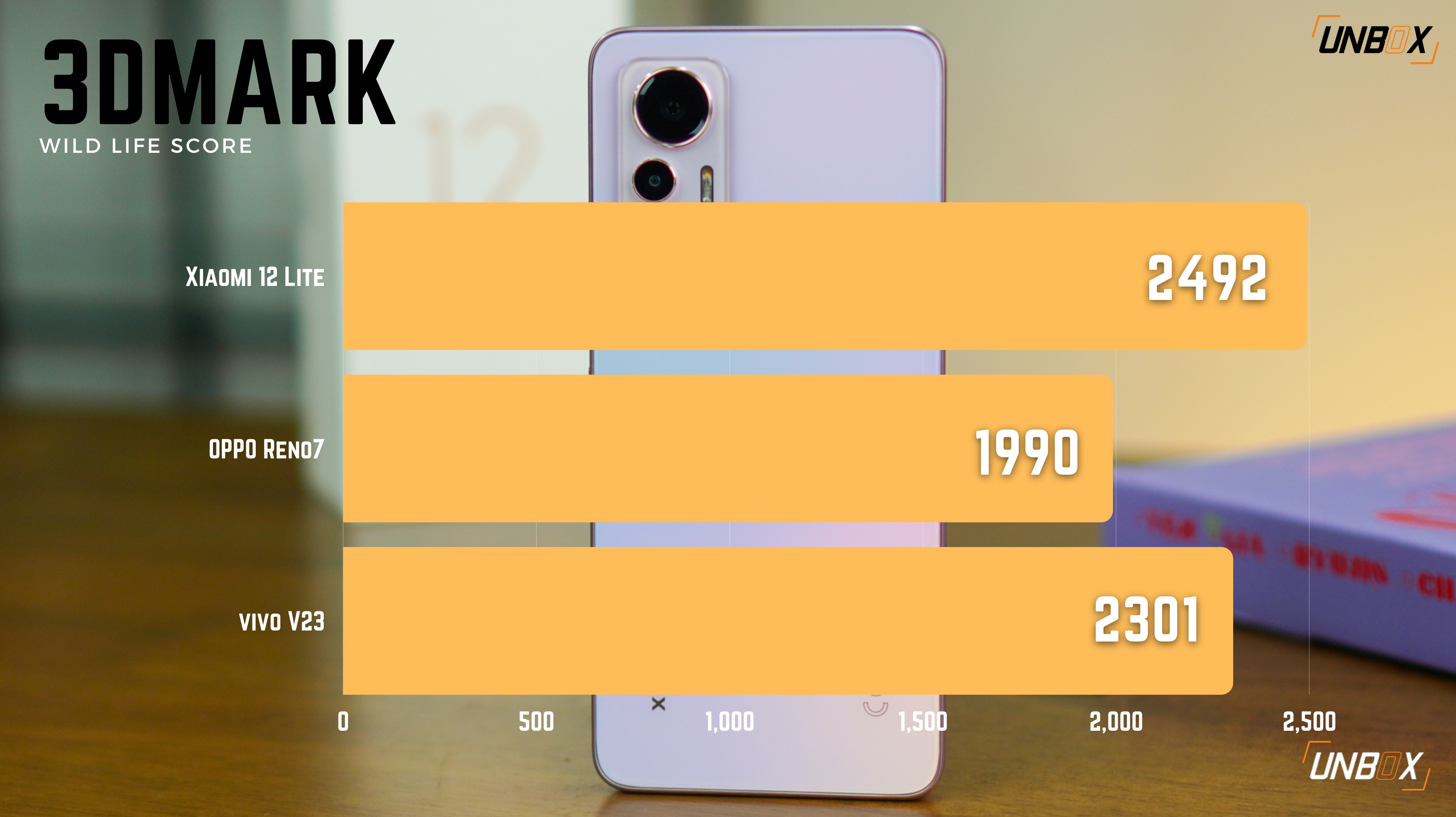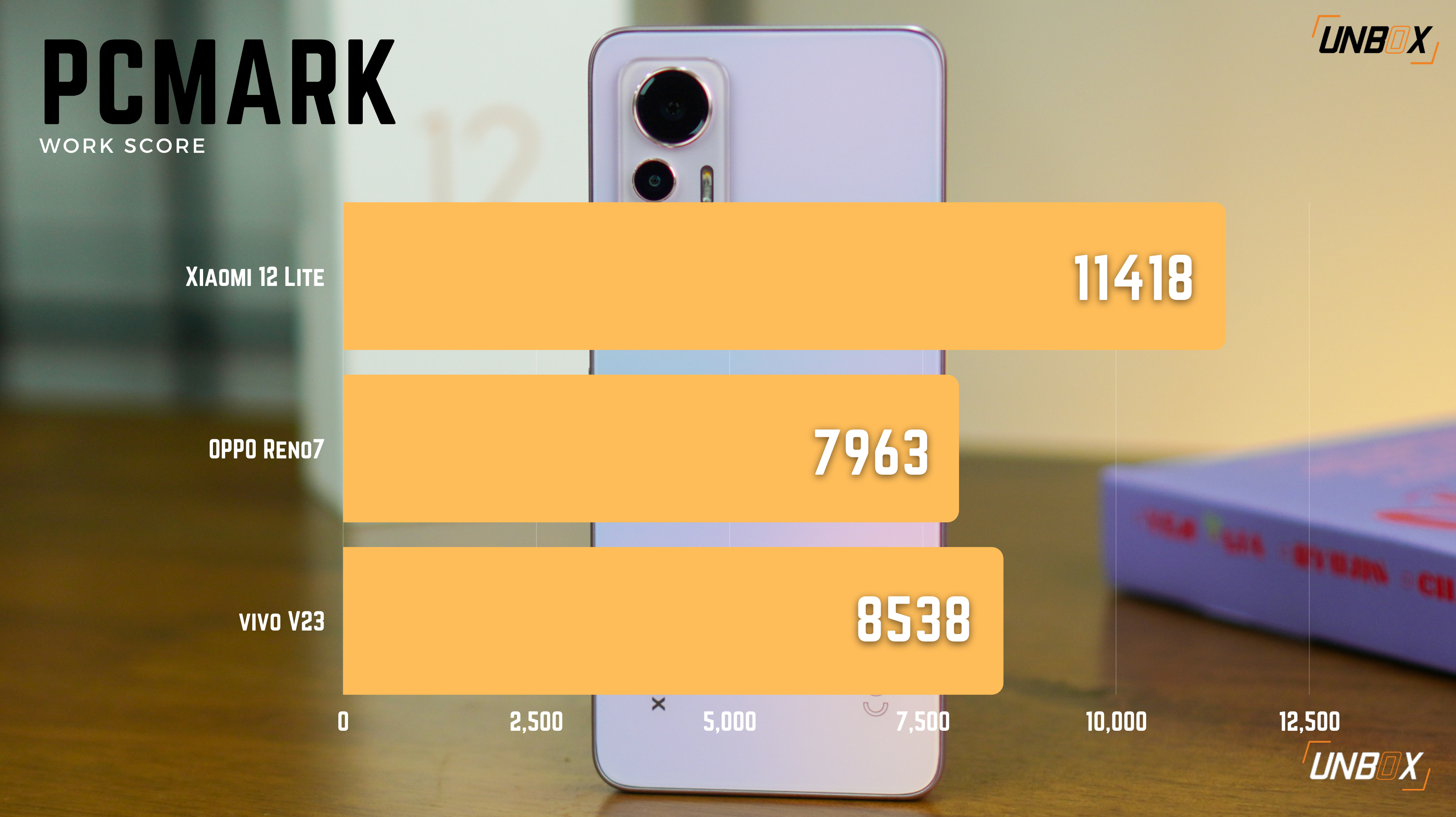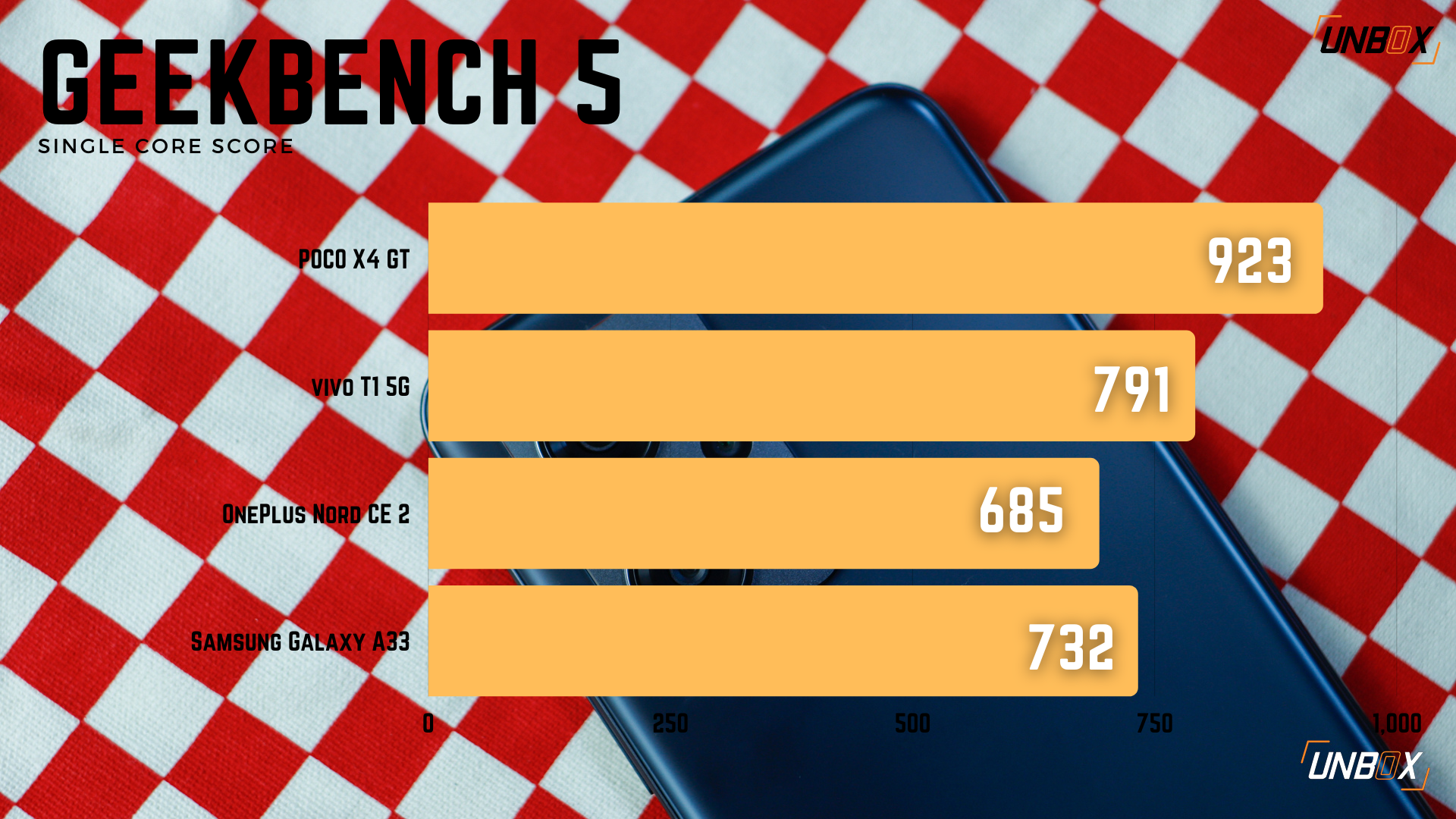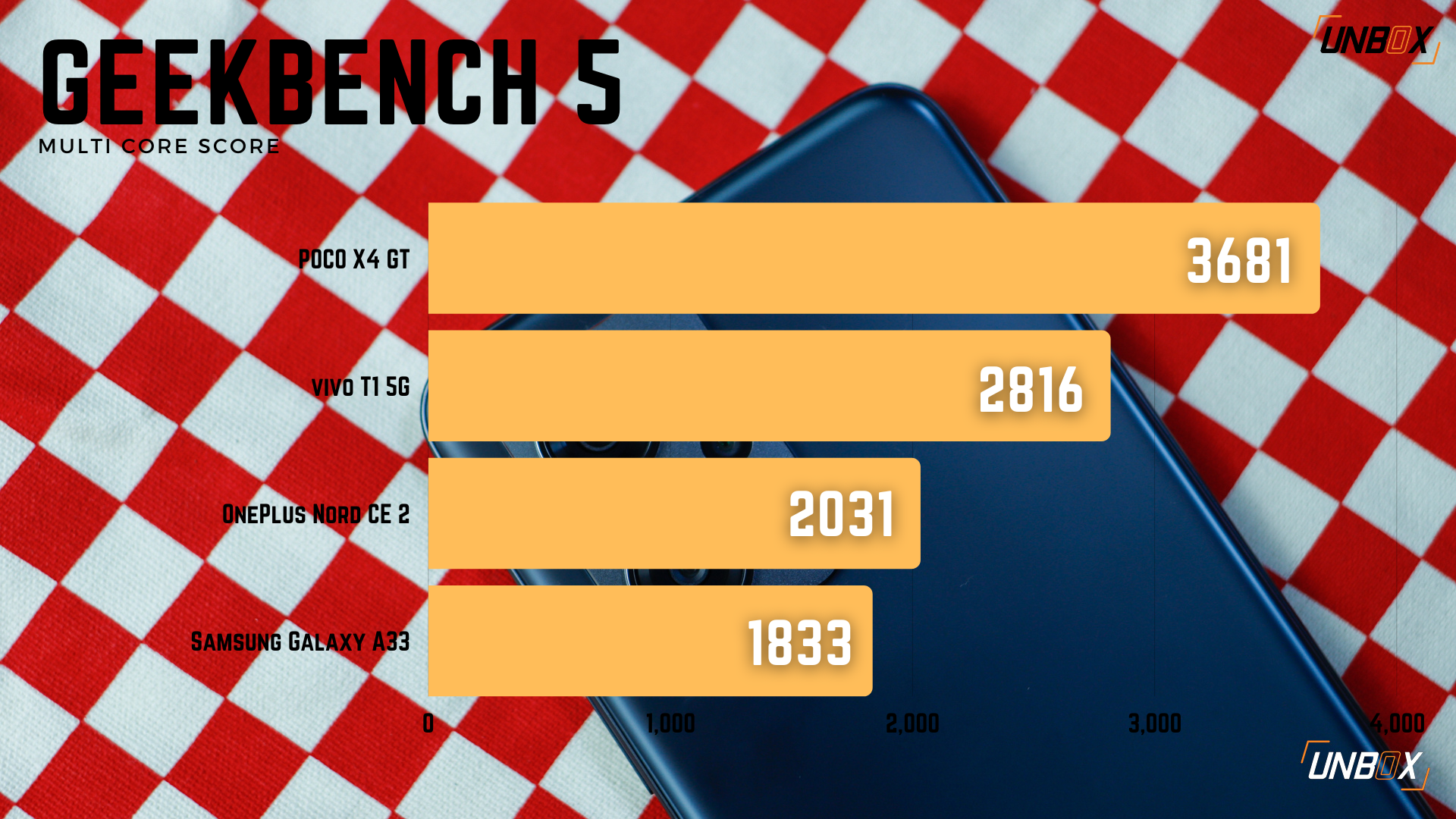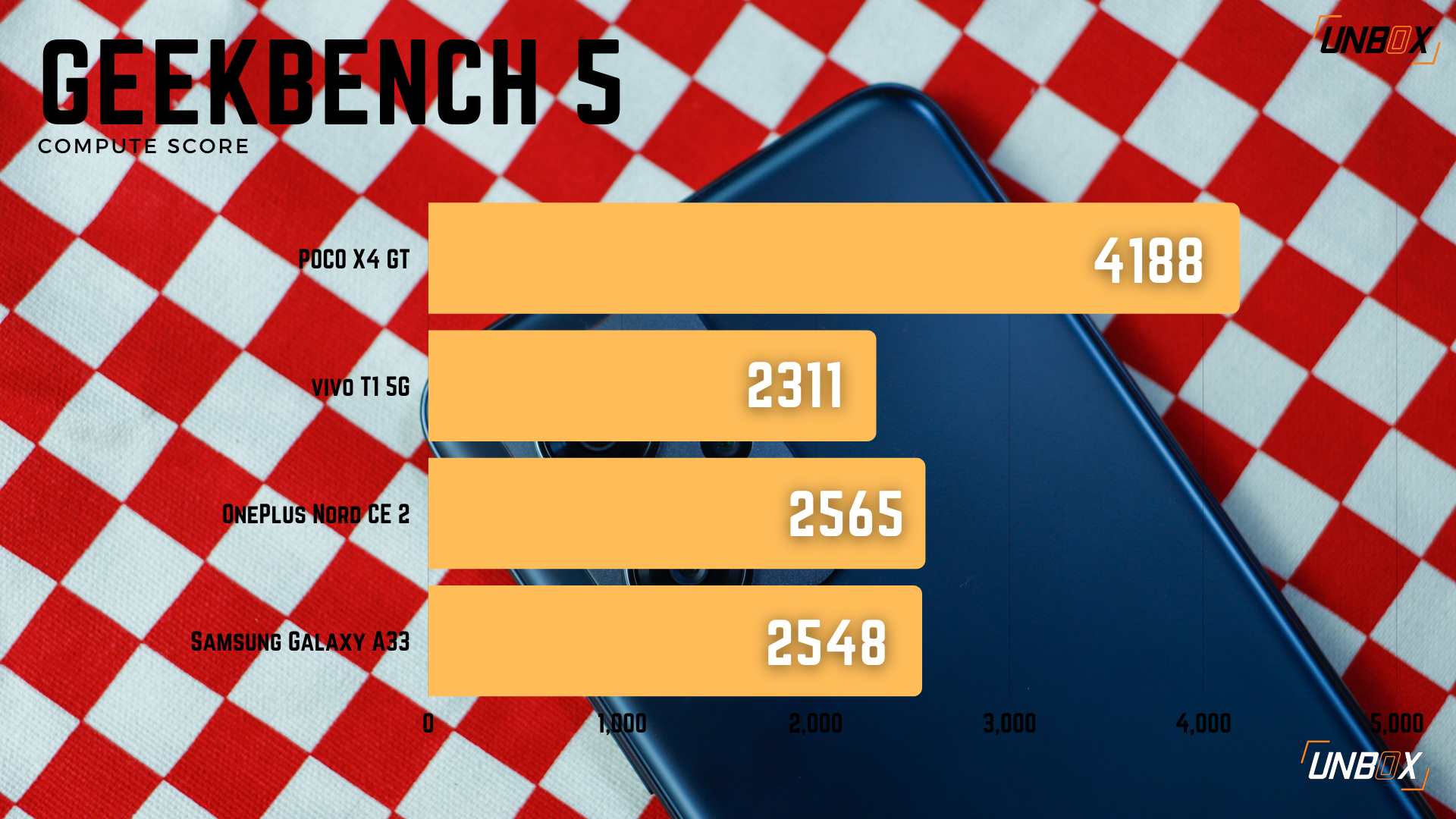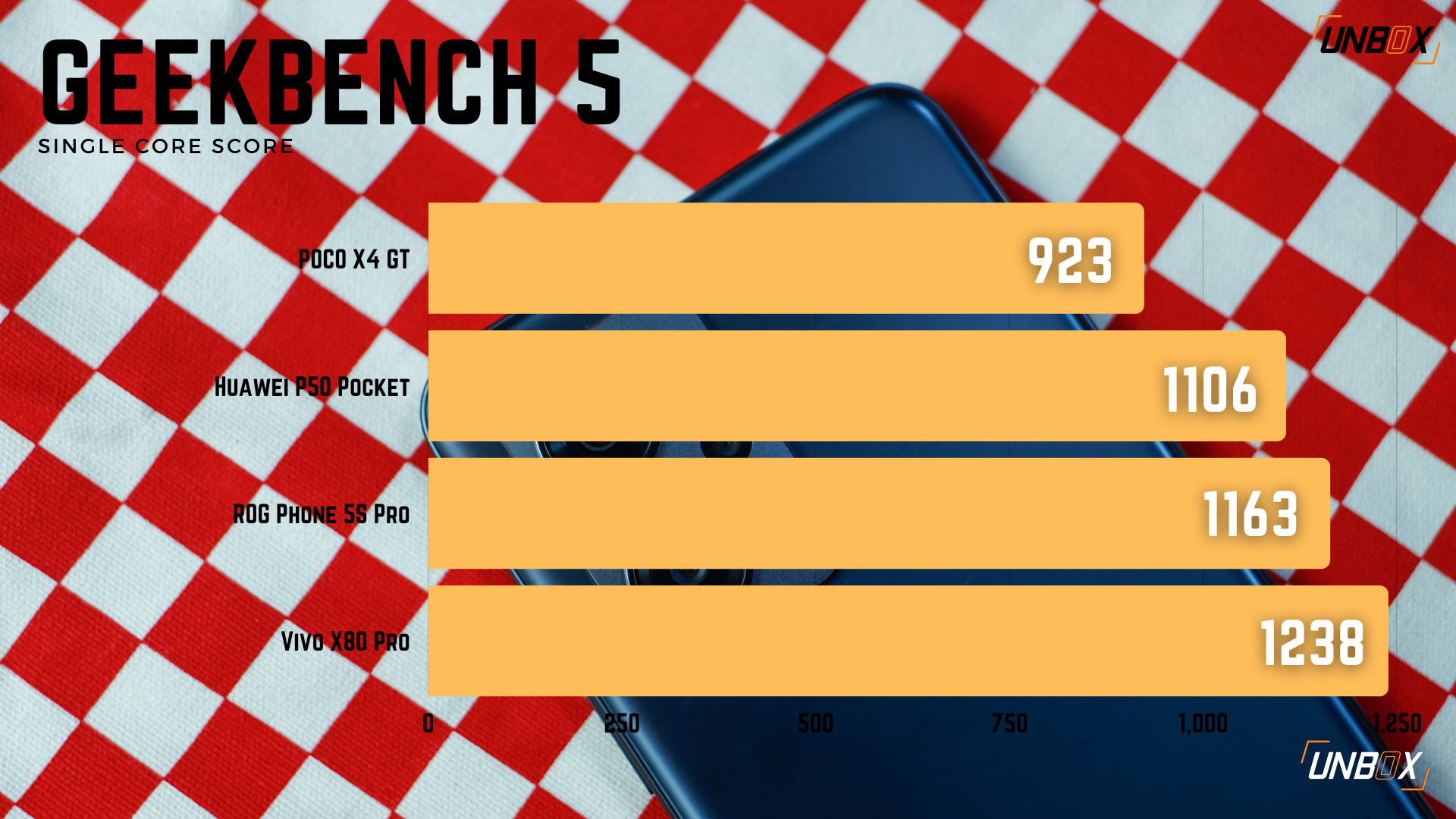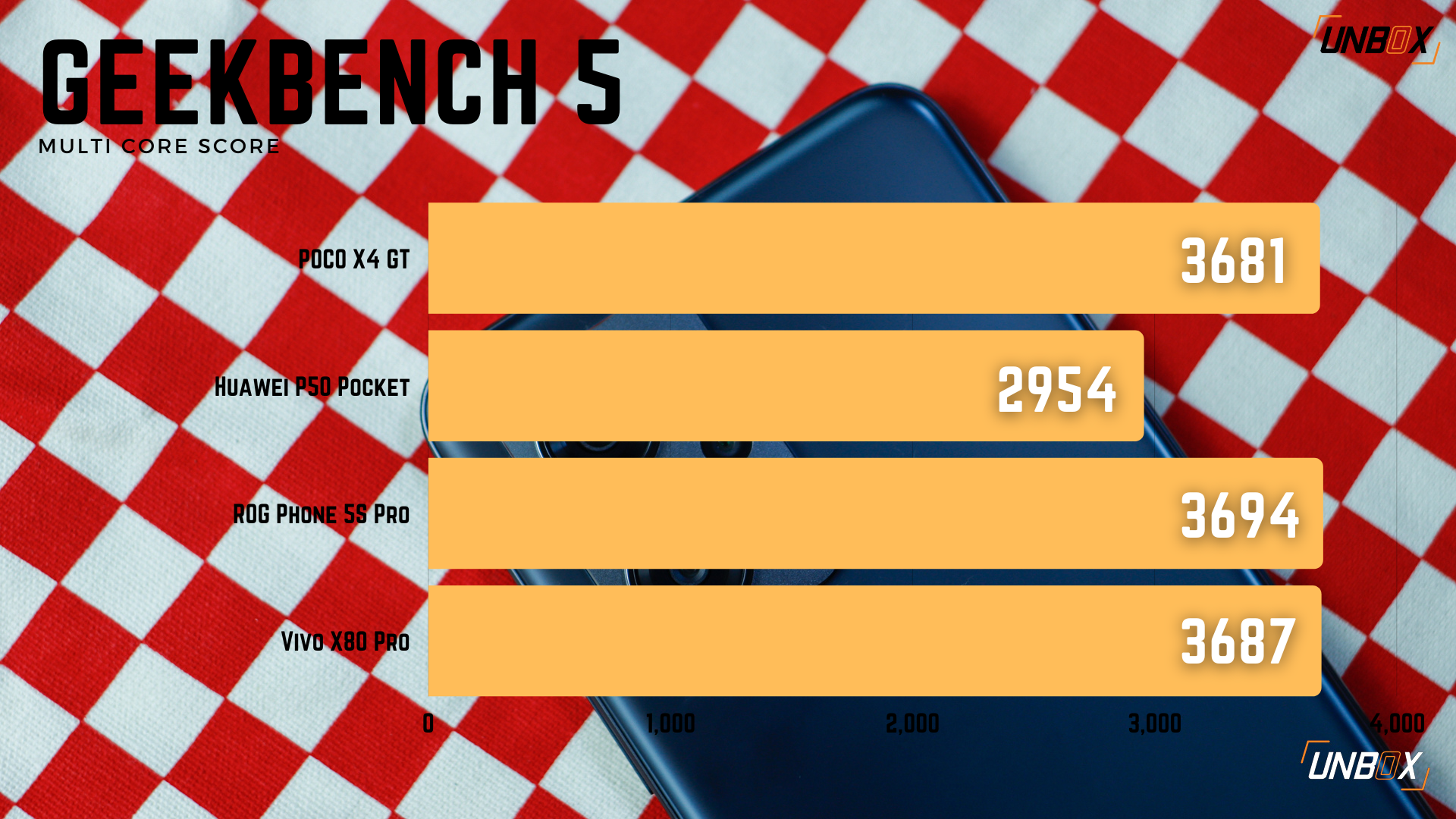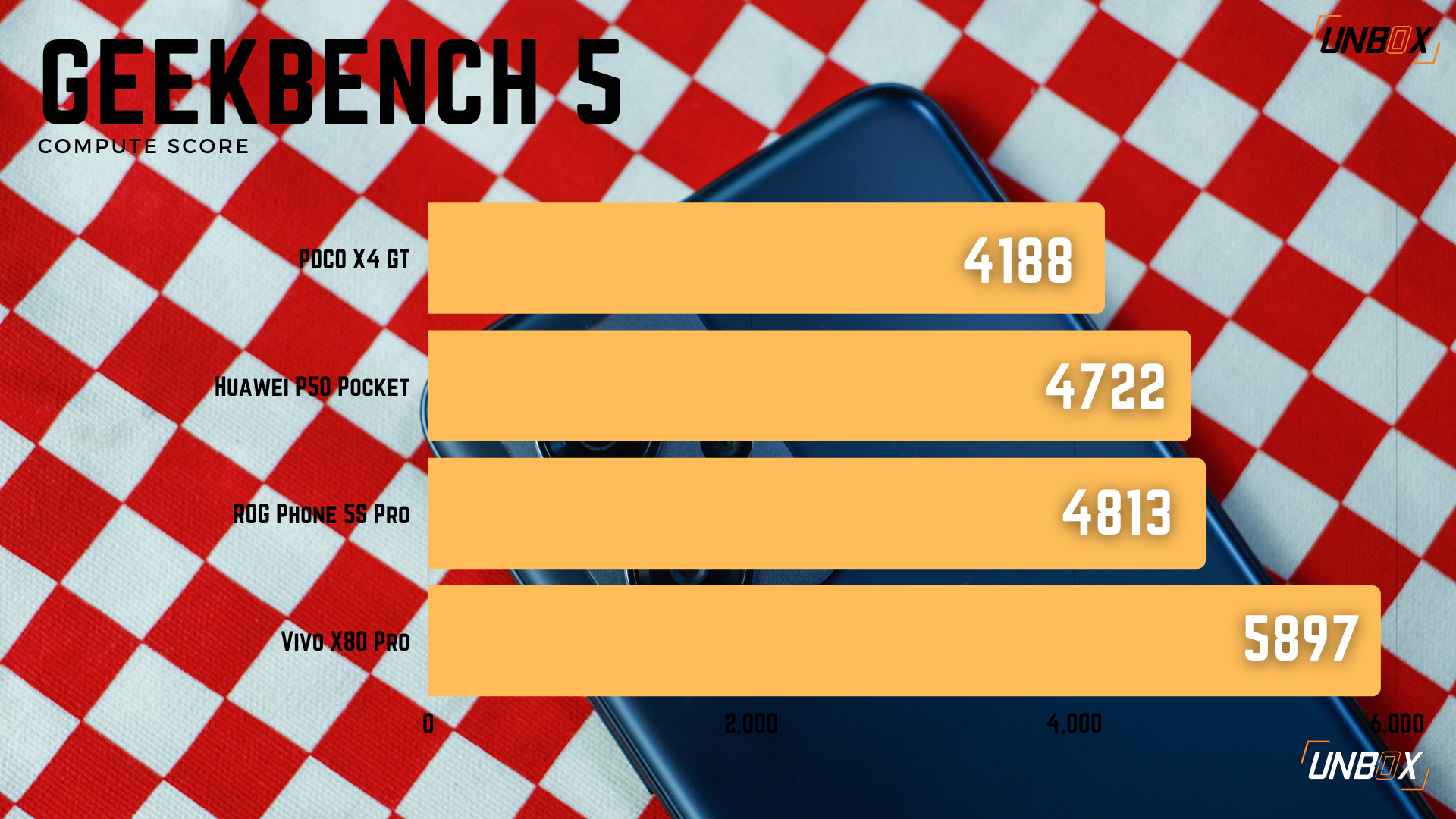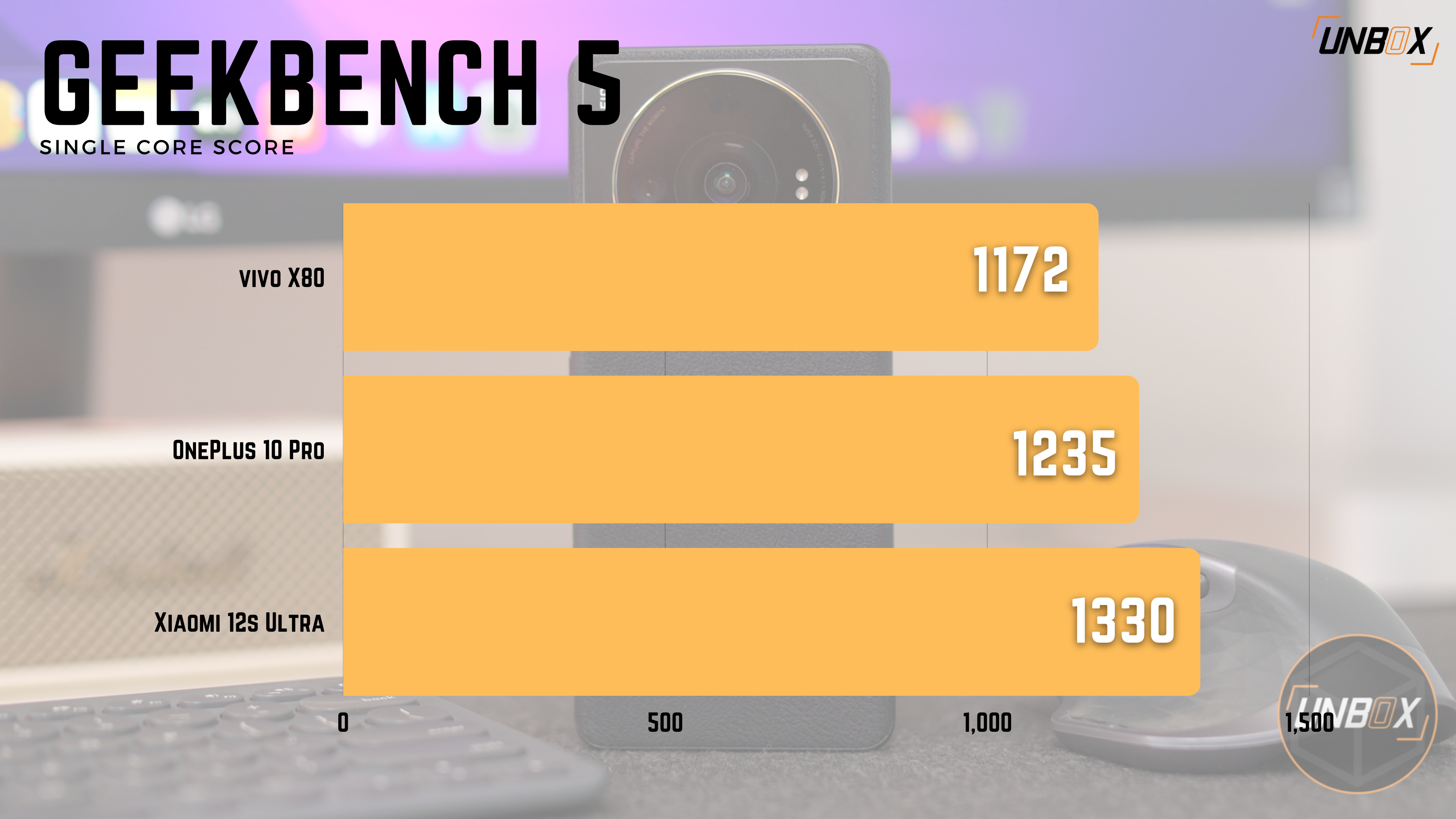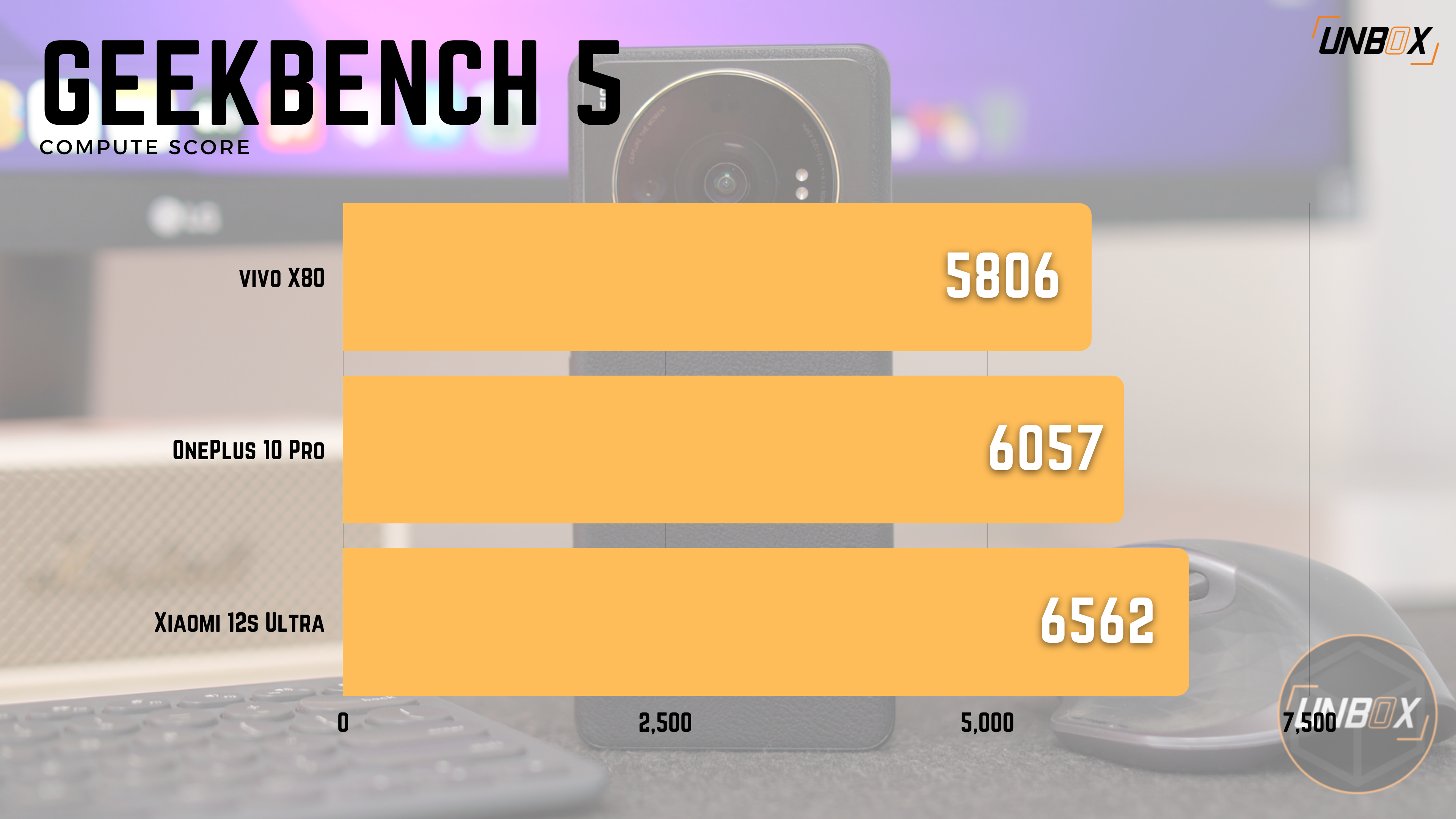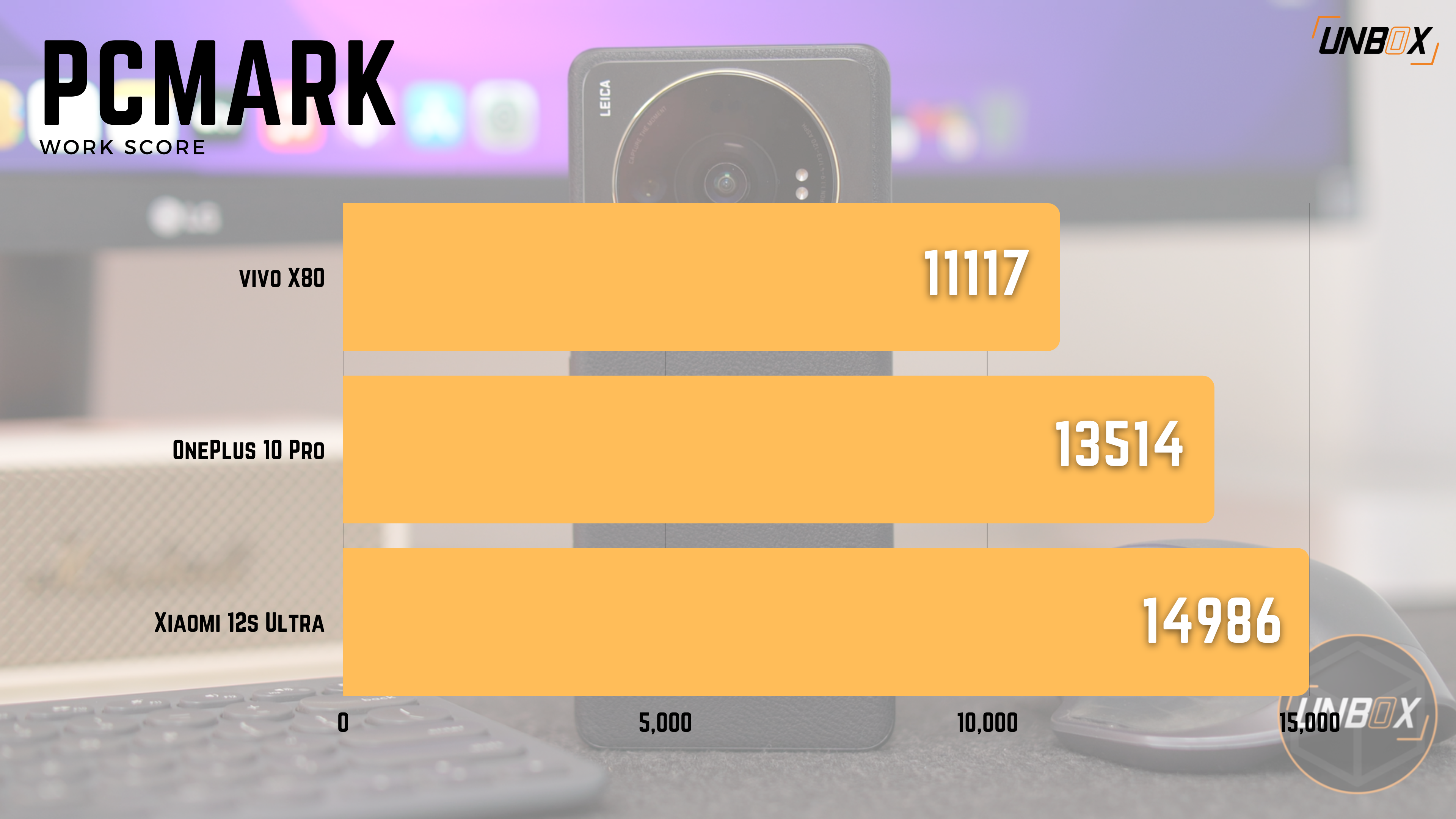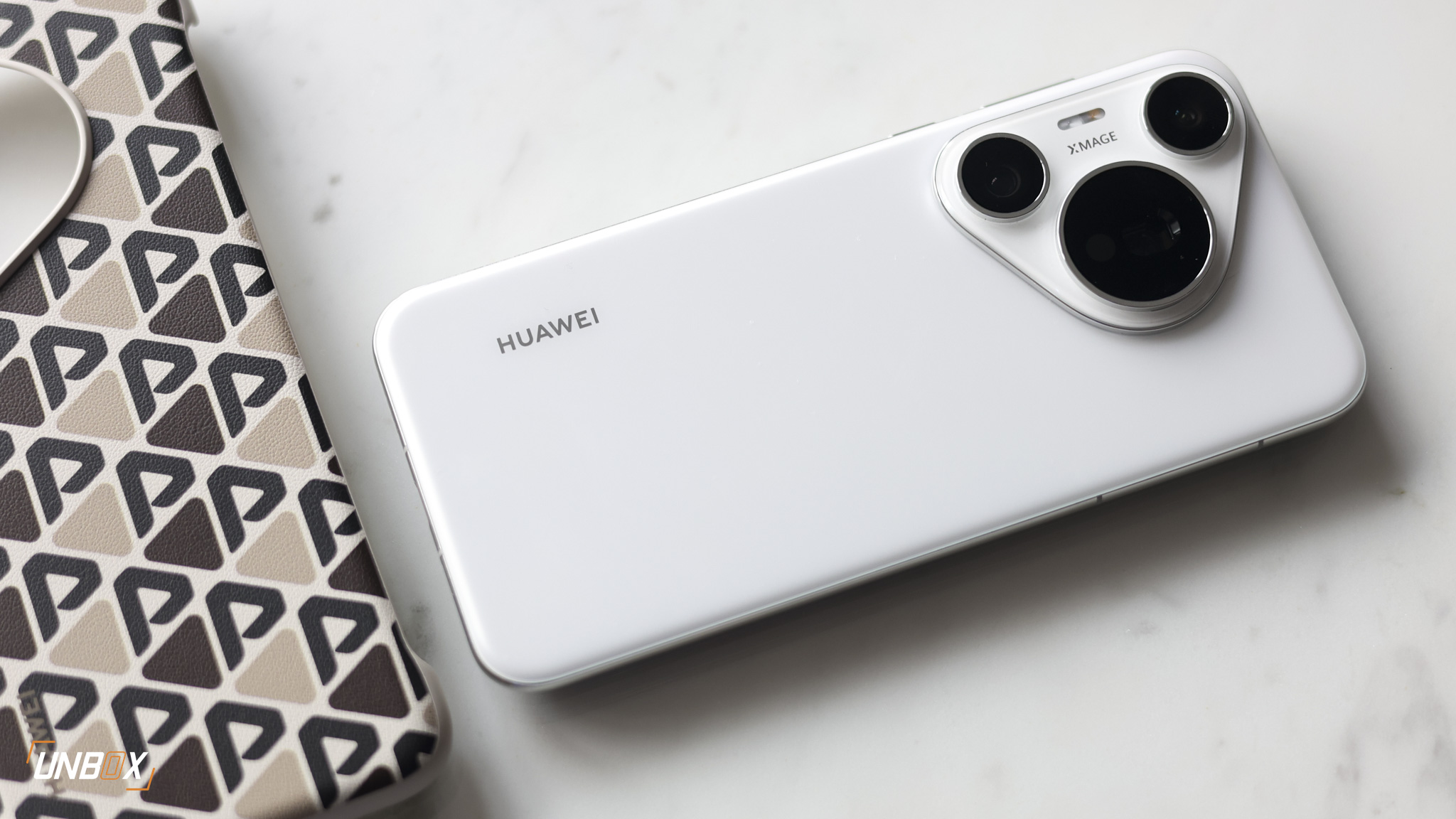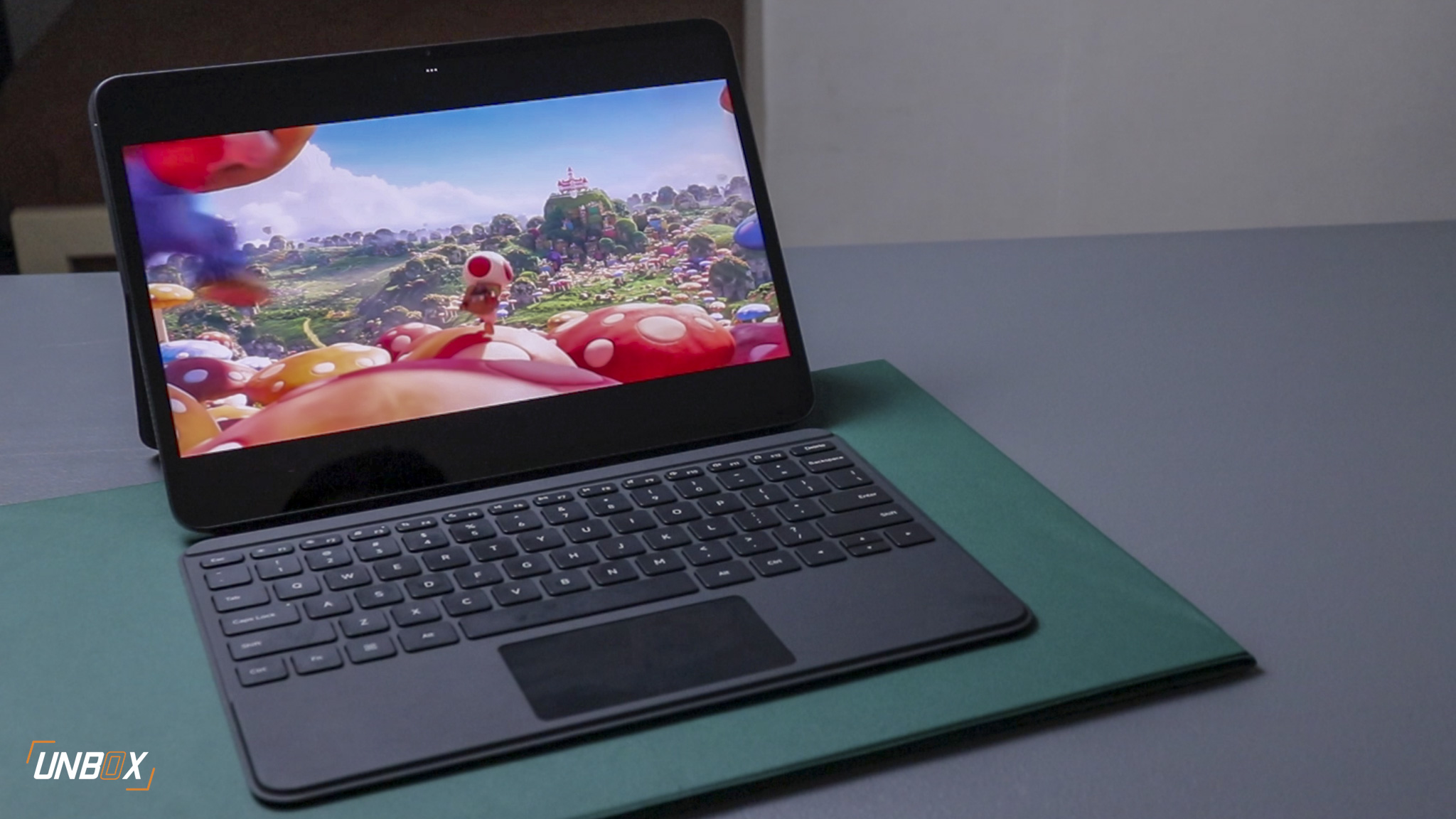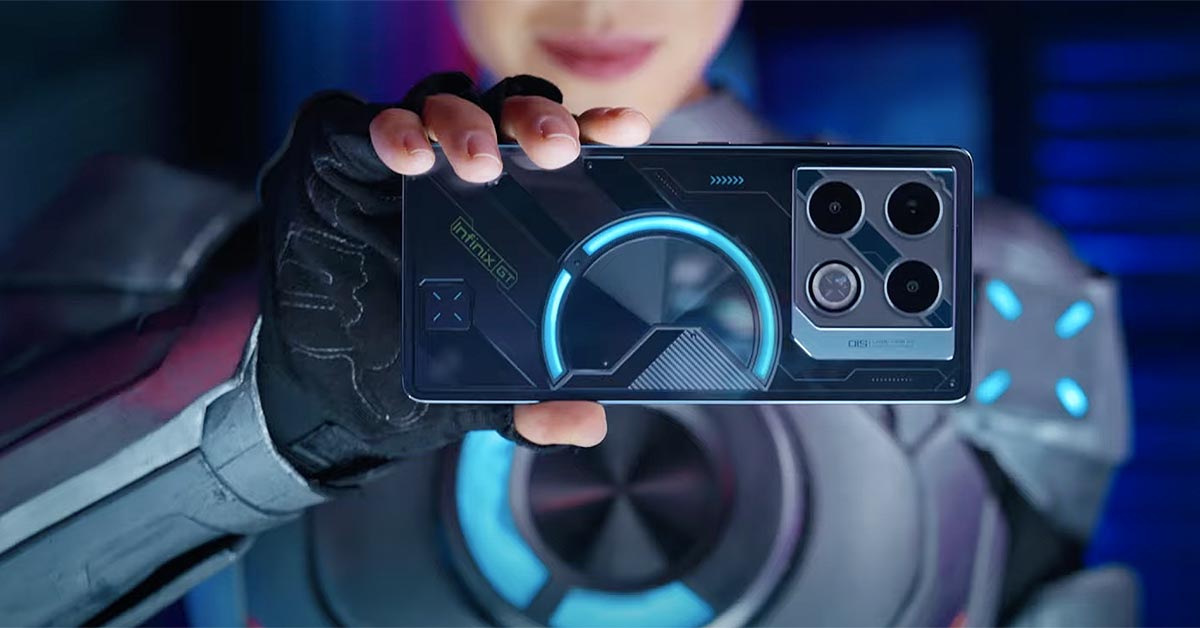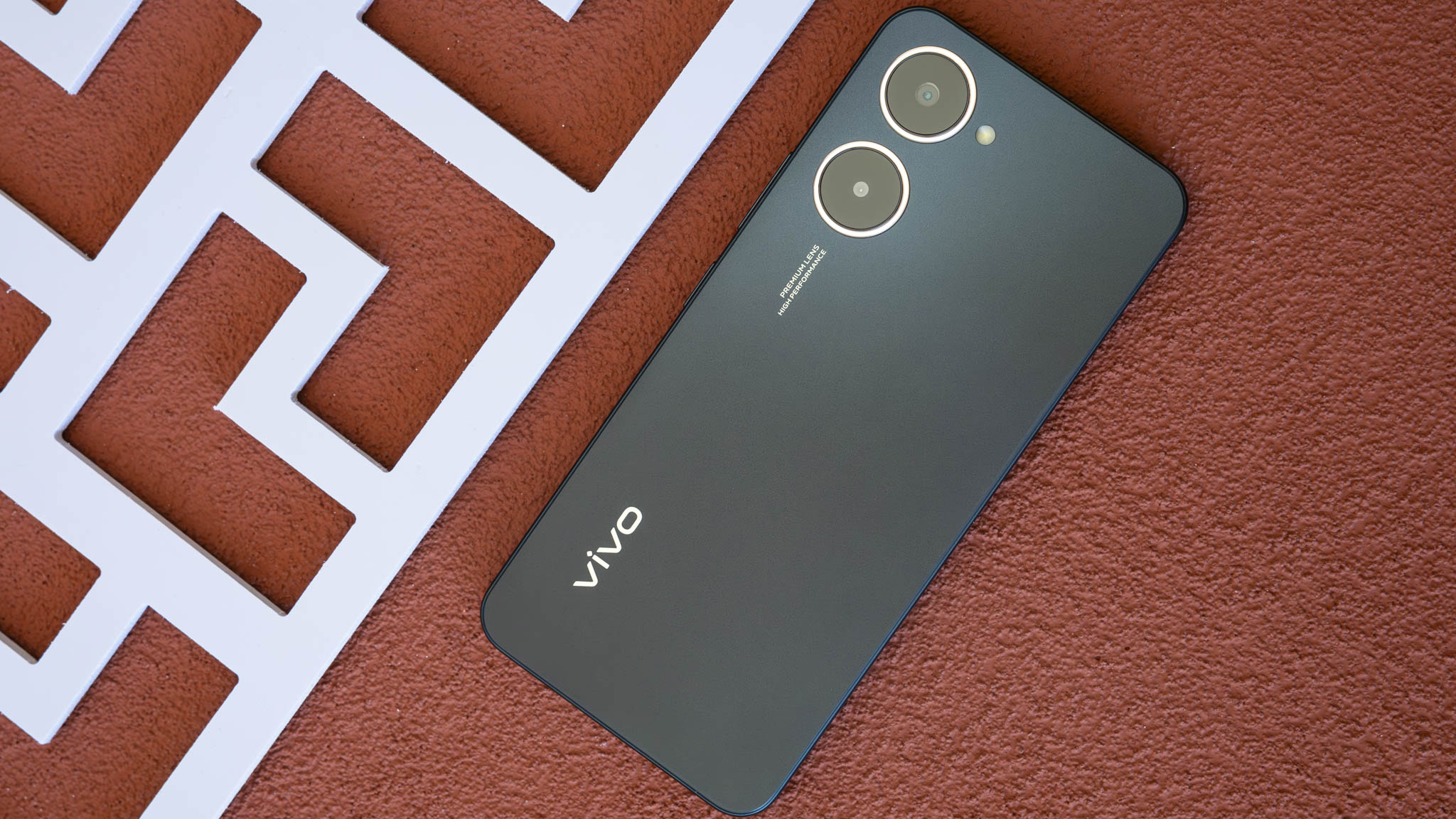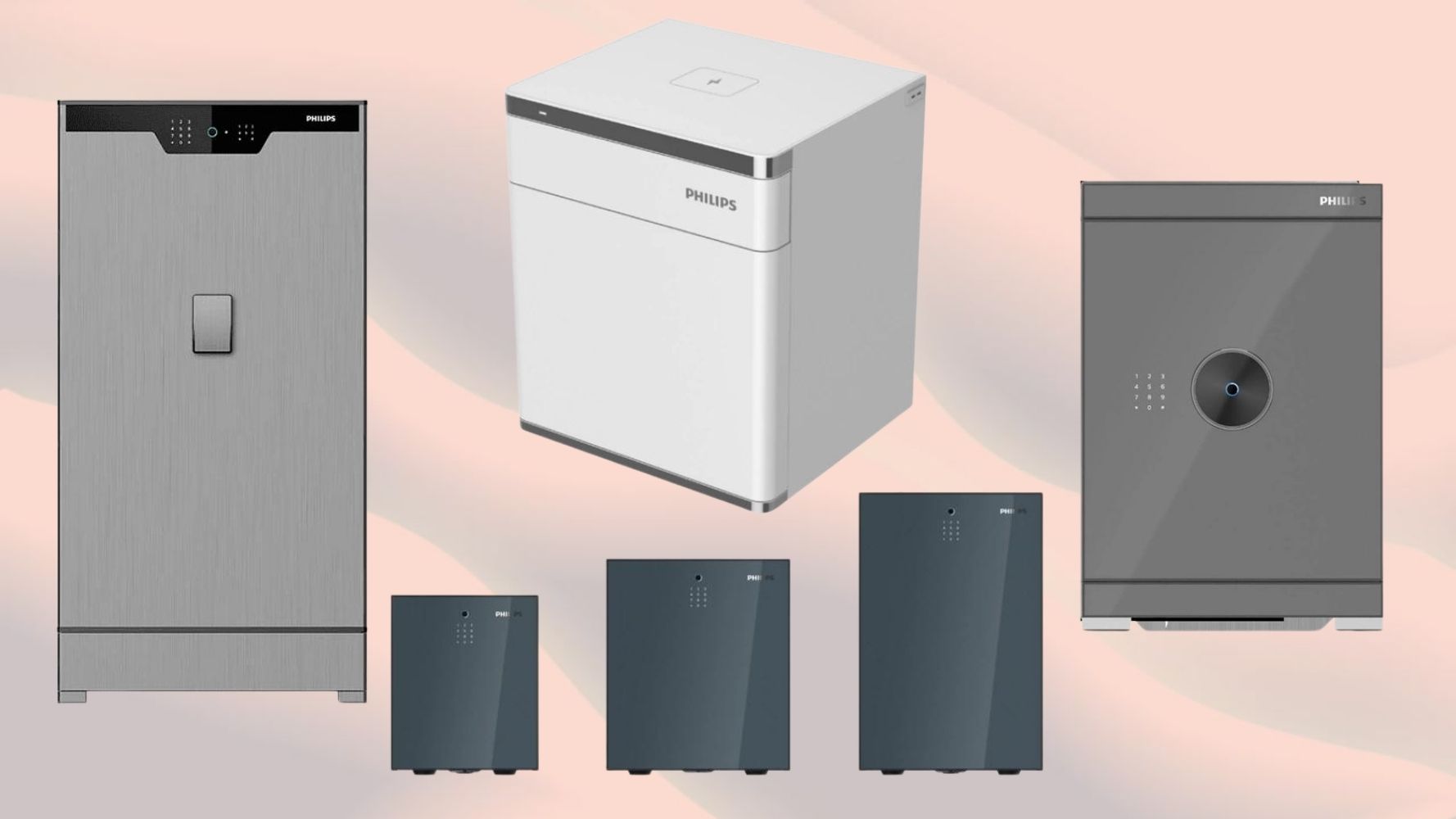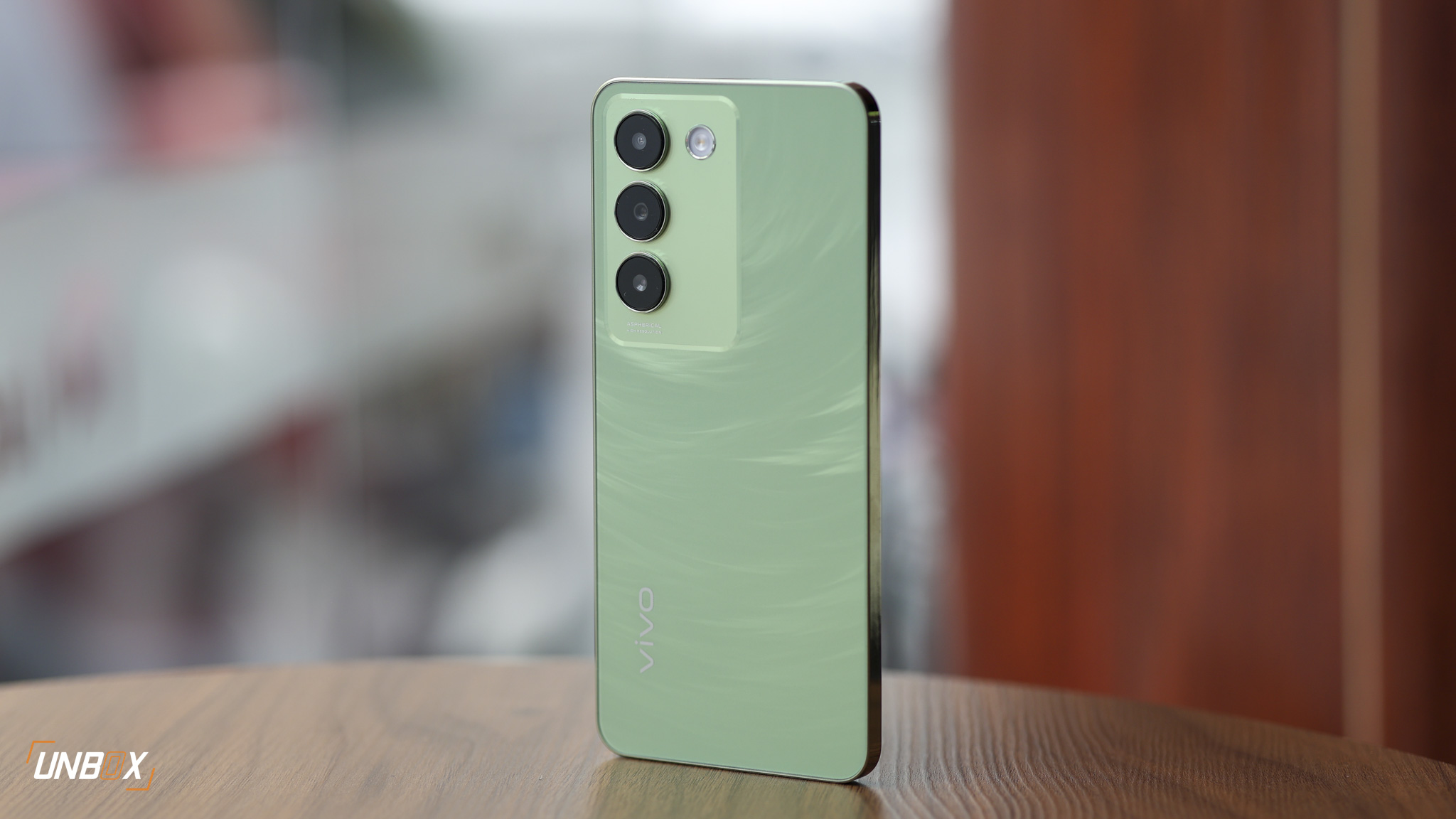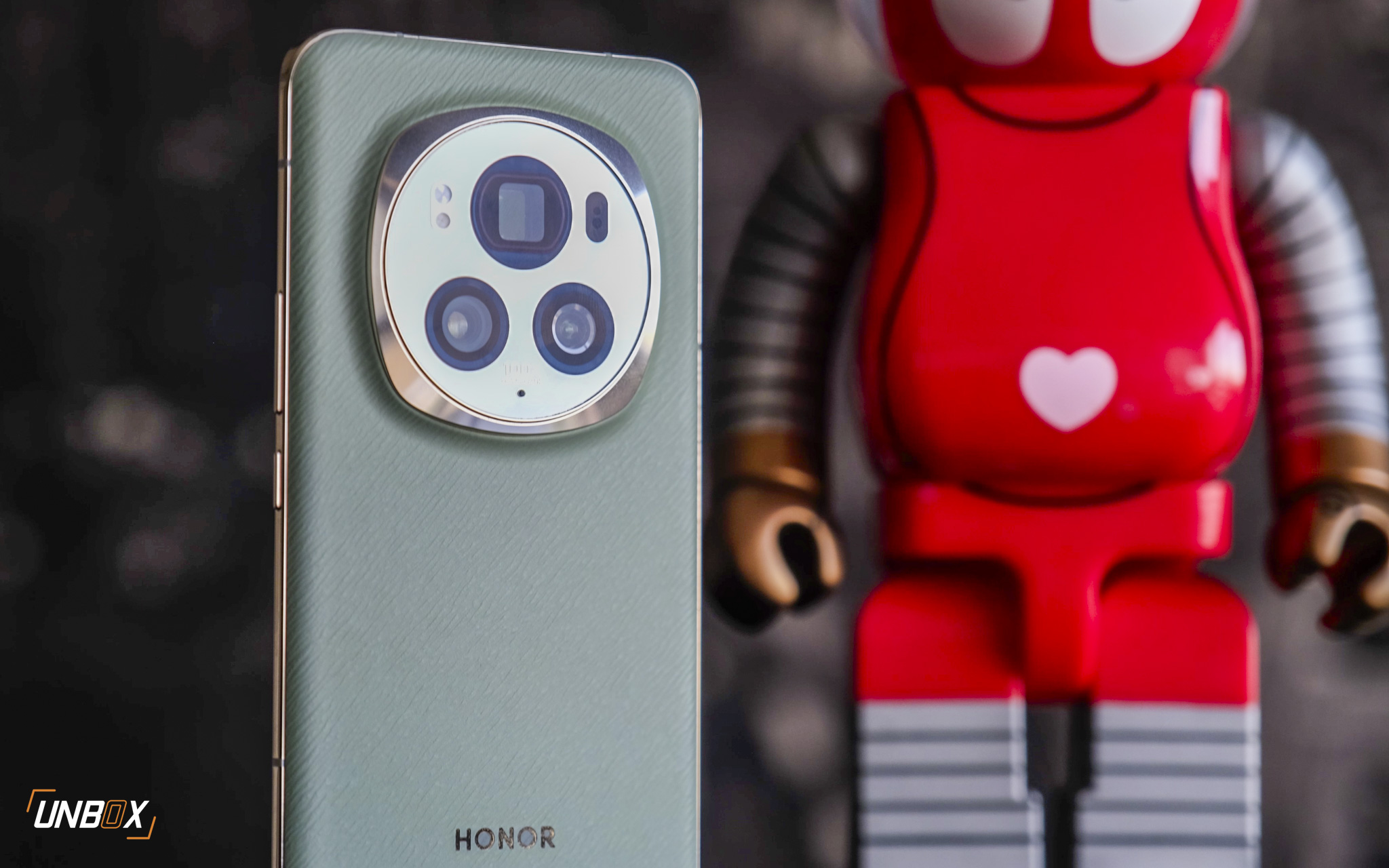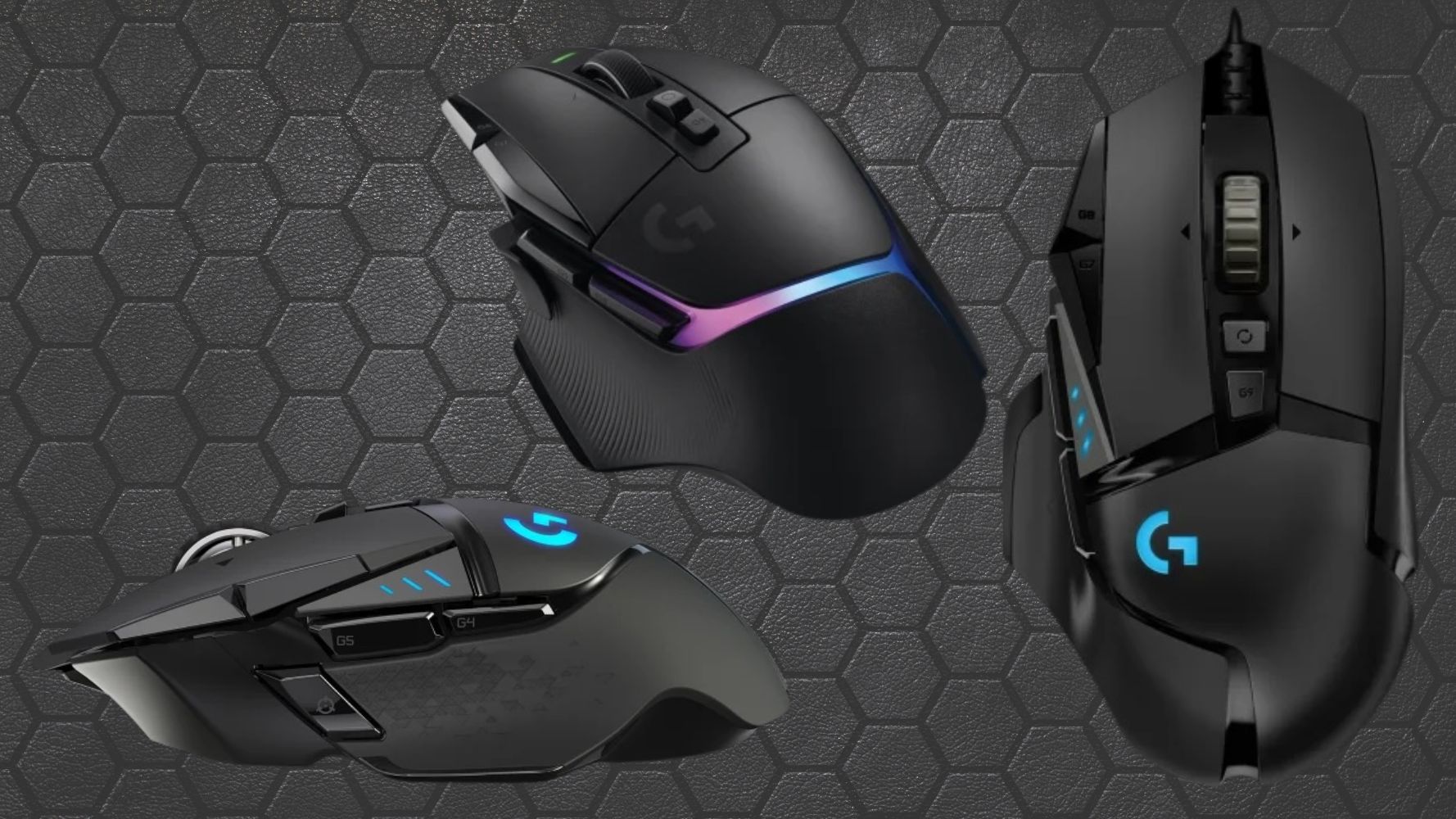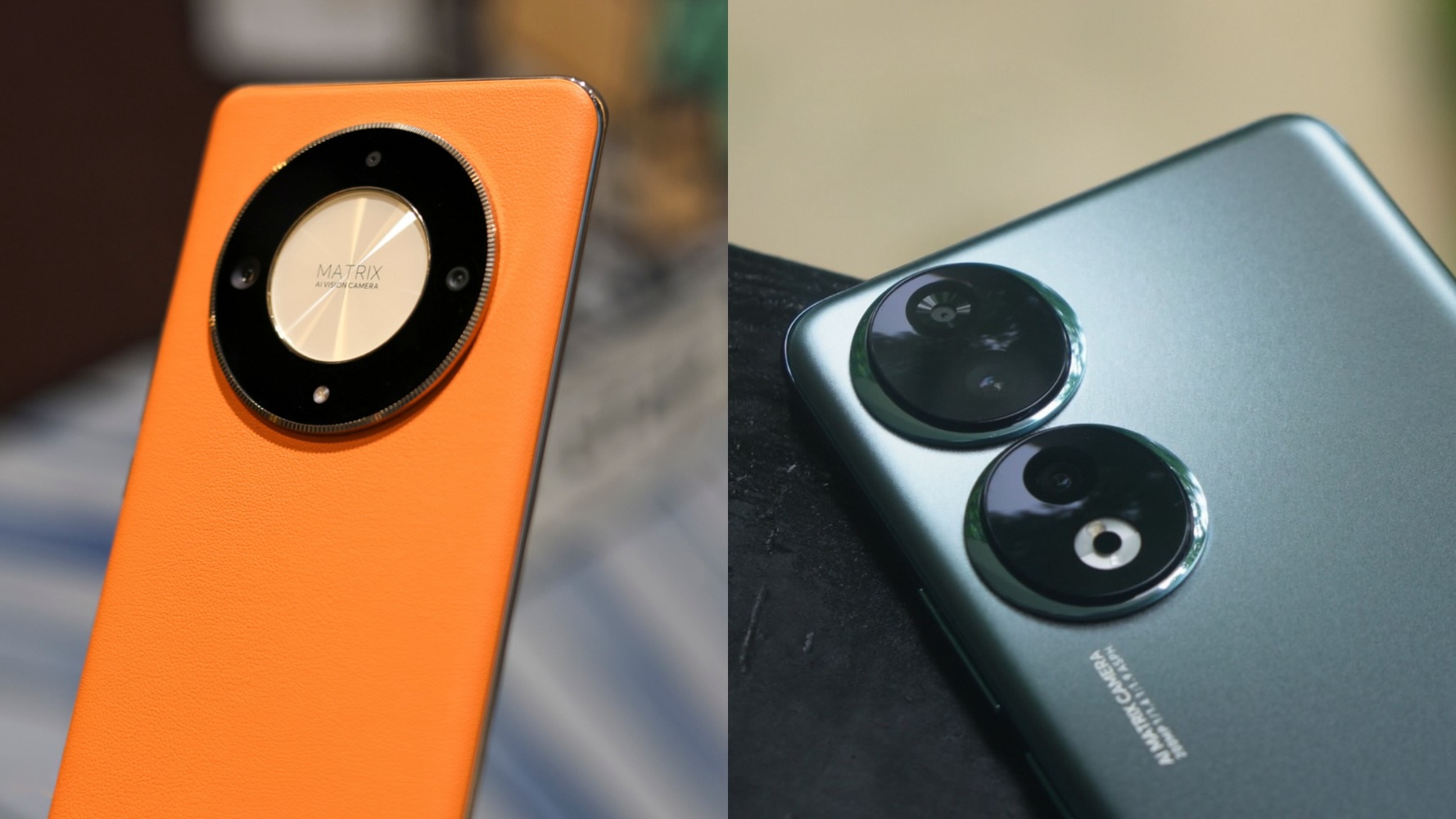MediaTek, has been making immense strides in the business ever since it launched the Helio G90 series in 2019, and the Dimensity 800 series in 2020. Since then, MediaTek has been beating Qualcomm in the mid-range segment, especially when price-to-performance is concerned.
With MediaTek aiming to challenge Qualcomm further in the flagship segment with its Dimensity 9000 series, it seems that Qualcomm’s dominance when it comes to mobile chipsets is not as great as it used to be–remember the days when MediaTek was infamous for overheating chips like its Helio X series?
But how exactly did MediaTek get to where they are now?

4G Price-to-performance (Under-Php 15k and under Php 10k)
If you are looking at the under Php 15k 4G segment, the chip of choice is almost always either the Snapdragon 680 or the Helio G96. While more brands prefer the former over the latter, the data we have gathered from reviewing multiple phones reveal that the Helio G96 does perform better than the Snapdragon 680 especially when it comes to GPU performance.
In our review of the Snapdragon 680-powered nova Y90, we compared it to the Helio G96-powered Redmi Note 11S and Helio G95-powered Y73. Looking through the numbers, the Helio G96 is better than the Snapdragon 680 in our tests, while the older Helio G95 puts the Snapdragon 680 to shame when it comes to GPU performance.
Looking at phones in the under Php 10k segment, Mediatek also shines against Qualcomm and Unisoc when we compared the Infinix Note 12 against the Redmi Note 11 and realme C35.
Comparing the Snapdragon 680 to an older Helio G85 used on phones like the Moto G31, the Qualcomm processor may perform better. Still, the older MediaTek chip offers a vastly better gaming experience because of its GPU.
Aside from the benchmark numbers, it’s interesting to see why the Snapdragon 680 does trail behind the Helio G96 save for battery life despite using a more modern 6nm process (vs 12nm for the Helio G96) and higher CPU and GPU clock speeds. Looking closely into the technical details, the reason for the Helio G96 being better is that it uses newer A76 and A55 cores (vs A73 and A53 on the Snapdragon 680).
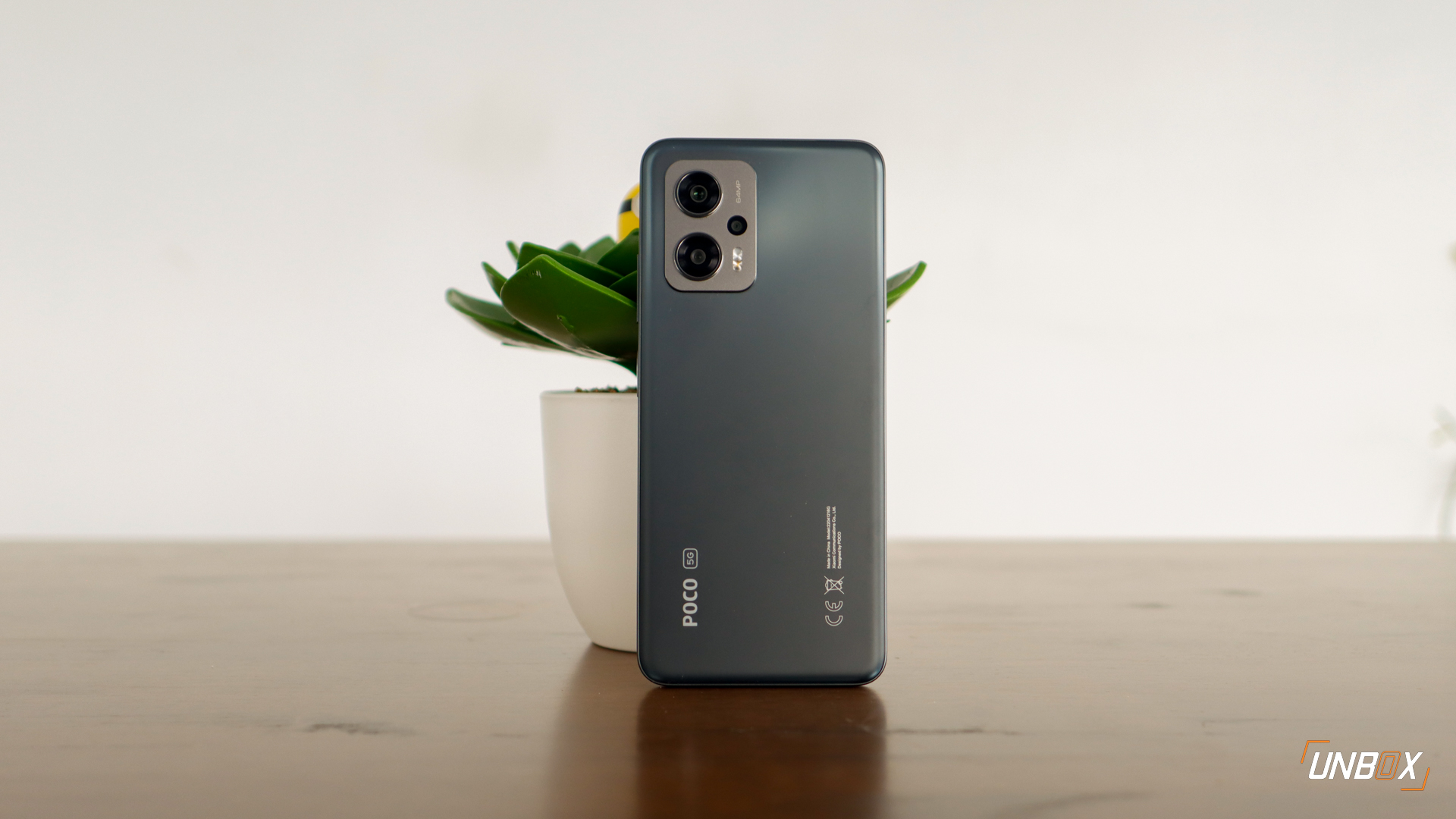
5G Price-to-performance (Under-Php 20k and under Php 30k)
For the 5G mid-range segment, Qualcomm has the Snapdragon 695 and 778G, while MediaTek has the Dimensity 900 and 920. Based on our reviews using the said processors, the Dimensity 900/920 slots in between the Snapdragon 695 and 778G in terms of overall performance, though MediaTek’s mid-range processors do have the upper hand against the Snapdragon 695 since it can shoot 4K videos natively.
Comparing the Dimensity 900 and 920 used on the OPPO Reno7 and vivo V23 respectively, they do trail behind the Snapdragon 778G chip used on phones like the Xiaomi 12 Lite, though real-life performance is almost equal even when it comes to gaming. However, one’s mileage on the Snapdragon 778G (and its + sibling) may vary, as the one used on the Nothing Phone (1) trails behind the Dimensity 920 used on the realme 9 Pro+ when it comes to CPU performance.
While the Snapdragon 778G (and its plus) sibling makes for a great mid-range chip from Qualcomm, MediaTek has shocked everyone with the Dimensity 8100. Found on phones like the POCO X4 GT and realme GT Neo3, the new mid-range processor proved to be insanely powerful, even beating flagship processors from Qualcomm like the Snapdragon 888 and the 8 Gen 1 in some scenarios.
Regarding gaming, the Dimensity 8100 performs close to a Snapdragon 888 based on the results we got in GameBench after running Genshin Impact at its highest possible settings.
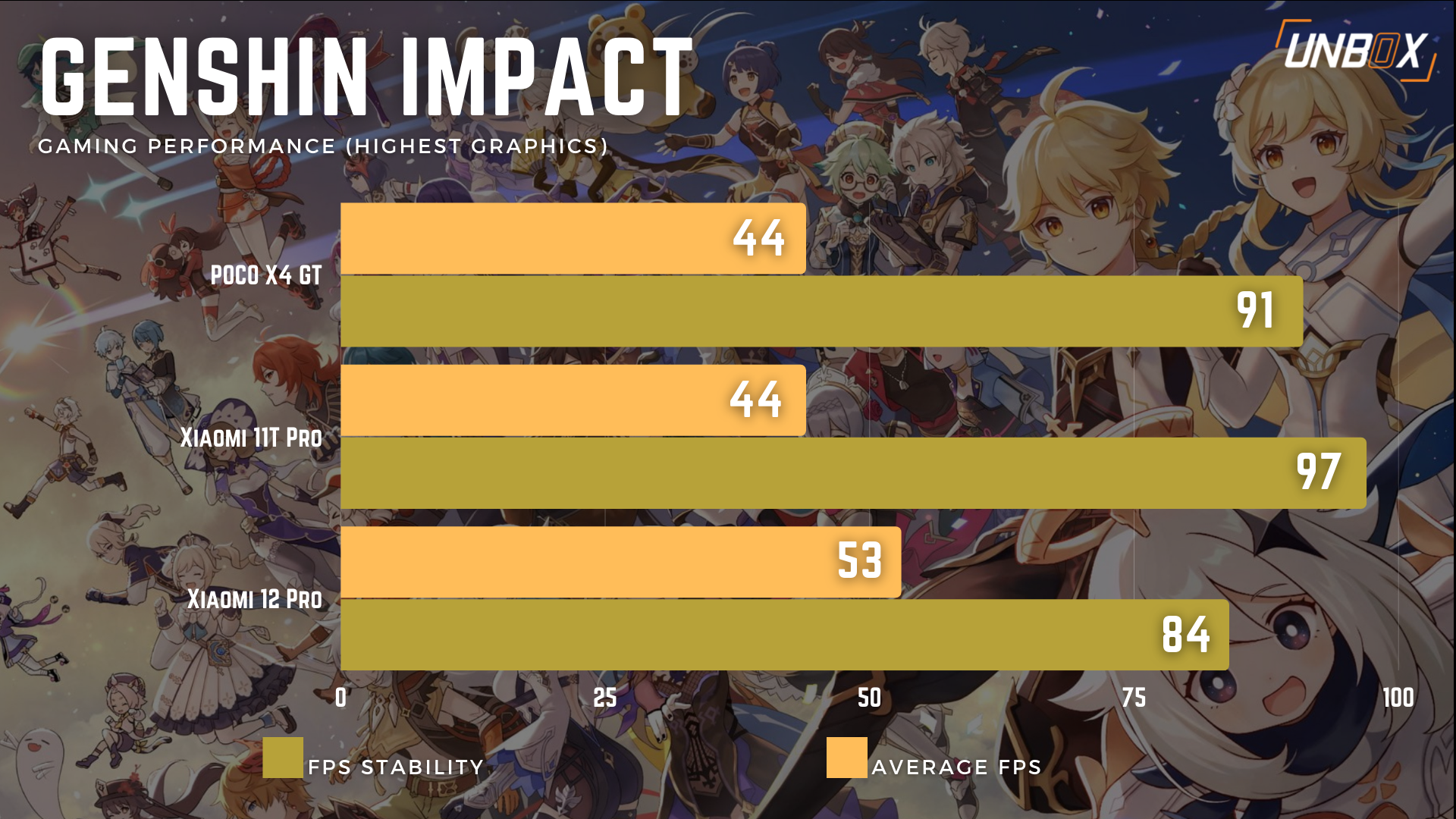
Considering that the most expensive Dimensity 8100-powered phone is at Php 30k and the cheapest Snapdragon 888 phone is at around Php 27k, MediaTek is making a solid statement, where its new mid-range chips can trail behind Qualcomm’s flagship chips–all at a lower price-to-performance ratio.
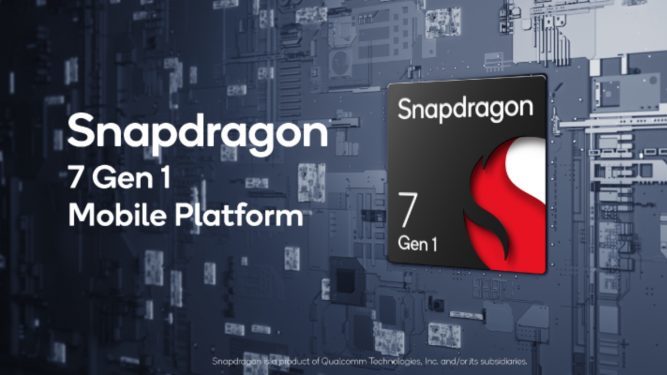
But Qualcomm has the Snapdragon 7 Gen 1, right?
As much as we want to try out a phone using Qualcomm’s new mid-range processor, the reality is that there are only two phones using the Snapdragon 7 Gen : the Xiaomi Civi 2 and the OPPO Reno8 Pro–both of which are exclusive to China.
While reports do say that the Snapdragon 7 Gen 1 performs better than the Snapdragon 778G, rumors that the Reno9 will settle for the Snapdragon 778G+ make us wonder why brands are not opting for the newer Snapdragon chip. One possible reason may be chip shortage–which was the case with the Snapdragon 780G that eventually became the 778G, and another plausible reason is the stigma on the Snapdragon 7 Gen 1’s Samsung fabrication process.
Samsung’s foundry has earned an infamous reputation for the thermal issues on the Snapdragon 888 and 8 Gen 1, and it could possibly be a good reason why brands might prefer the Snapdragon 778G instead, which is manufactured with TSMC’s better process. There’s no word which foundry made Qualcomm’s Snapdragon 7 Gen 2, and we hope it is manufactured using TSMC’s fabrication.
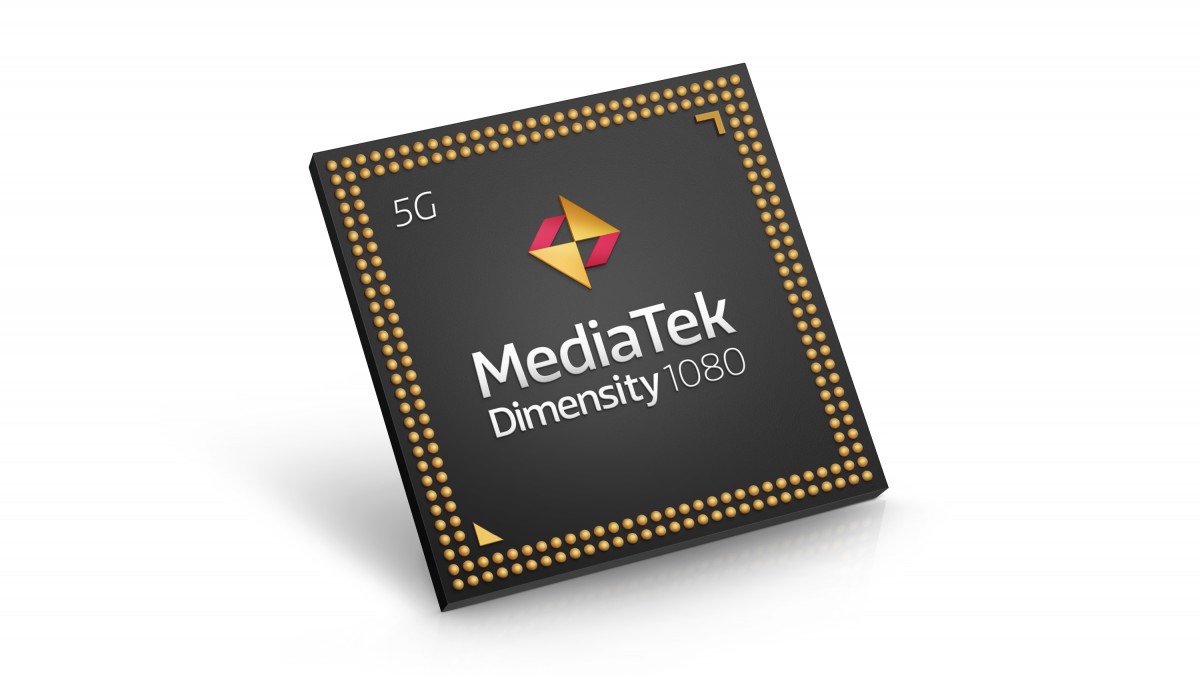
What’s next for MediaTek?
While MediaTek is catching up nicely with Qualcomm as far as mid-range price-to-performance is concerned, they lag behind in some aspects like support for 8K video recording and 200-megapixel cameras–the latter being a feature that the Dimensity 1080 aims to address. With MediaTek gaining even more competitiveness VS its main rival, it’s a win-win for consumers as they have more processor options to choose from. The current battlefield for mobile processors is more interesting than ever, as you can see both MediaTek and Qualcomm making efforts in improving their chips.
Beyond the mid-range segment, MediaTek is also becoming competitive against Qualcomm in the high-end segment as well, as its Dimensity 9000 processor proves to be a viable flagship processor alternative as seen on the vanilla vivo X80. The Dimensity 9000+ that’s powering the ROG Phone 6D Ultimate is said to be extremely powerful, and we’re currently running all of our tests to see if it is better than its Snapdragon 8+ Gen 1-powered ROG Phone 6 Pro. To be fair, Qualcomm remains to be dominant brand and the default choice when it comes to high-end devices, but more and more brands do acknowledge MediaTek as a viable alternative.
Gone are the days when we’d insist that Qualcomm is THE best mobile processor brand across all price segments–MediaTek’s newer processors reveal that they have moved on from their infamous past and be as competitive as Qualcomm–at least in the mid-range segment.


